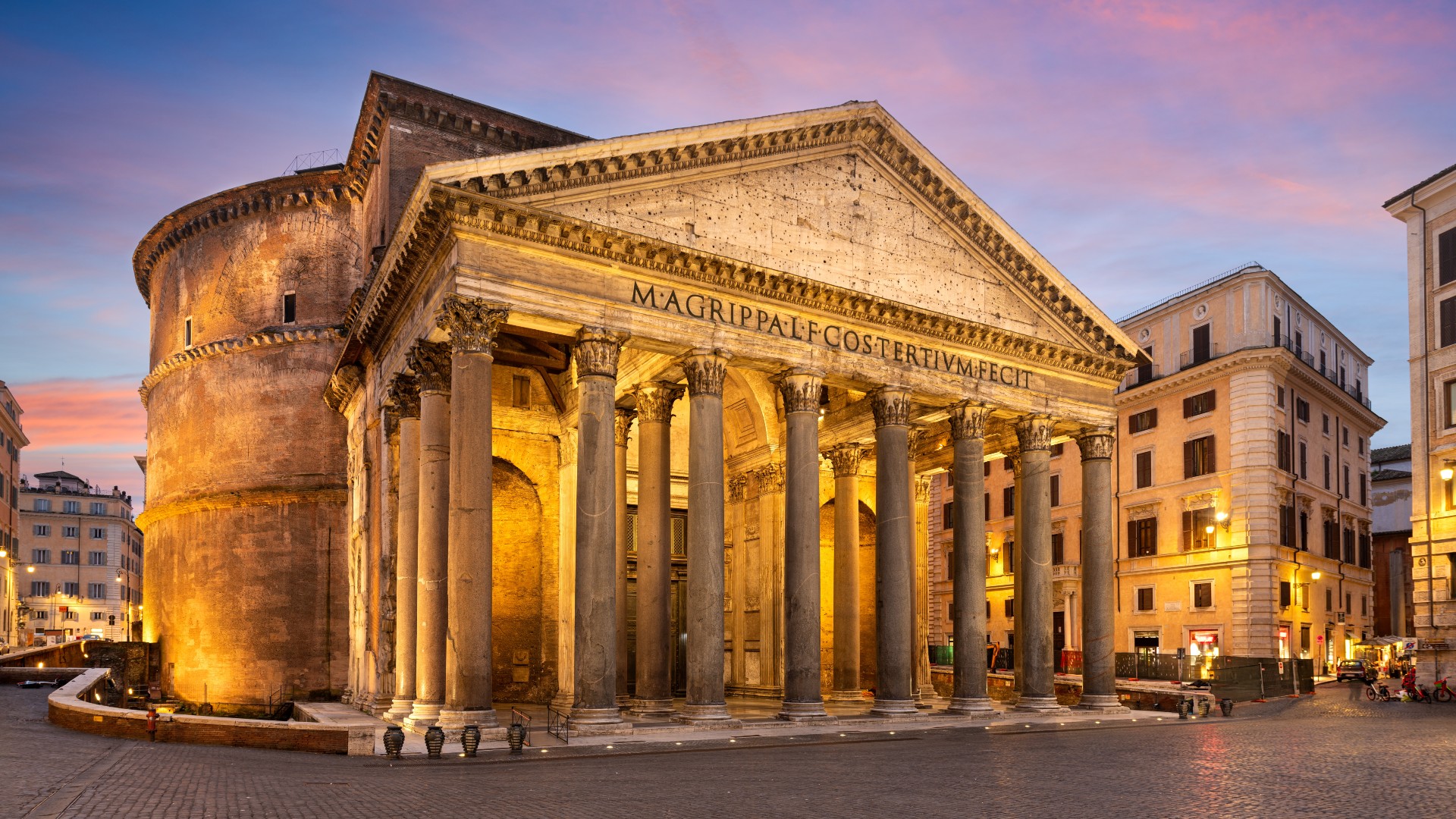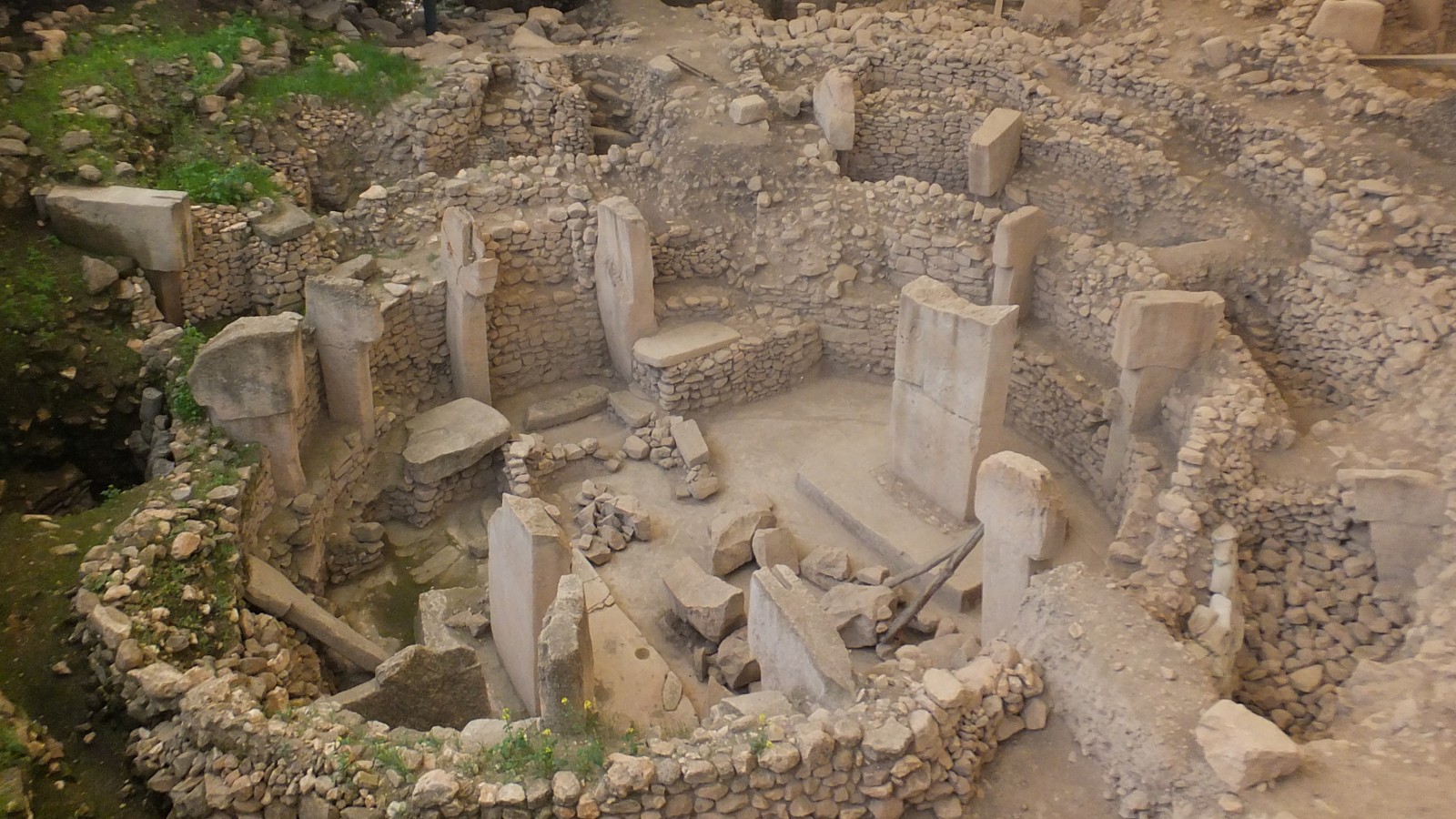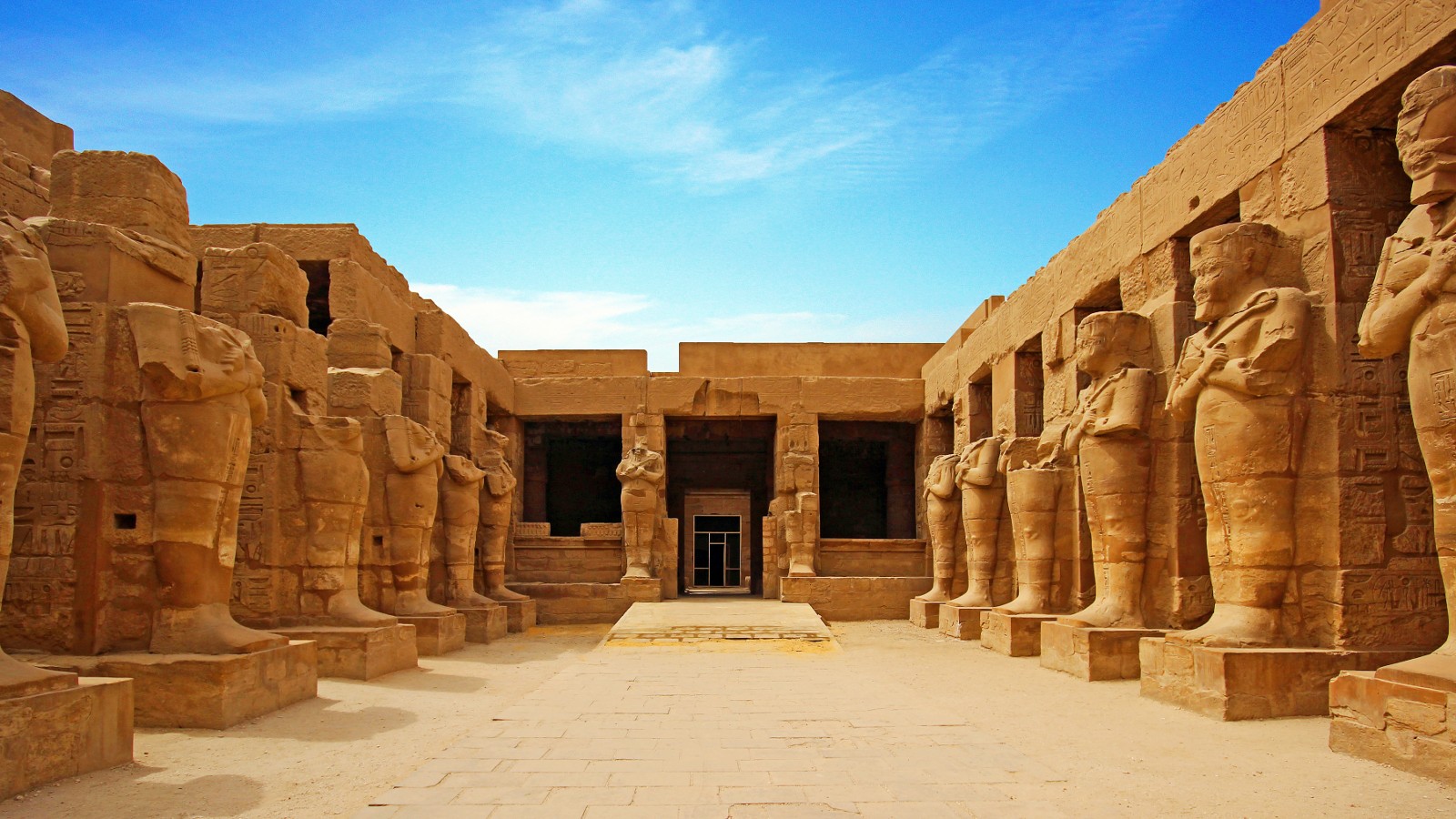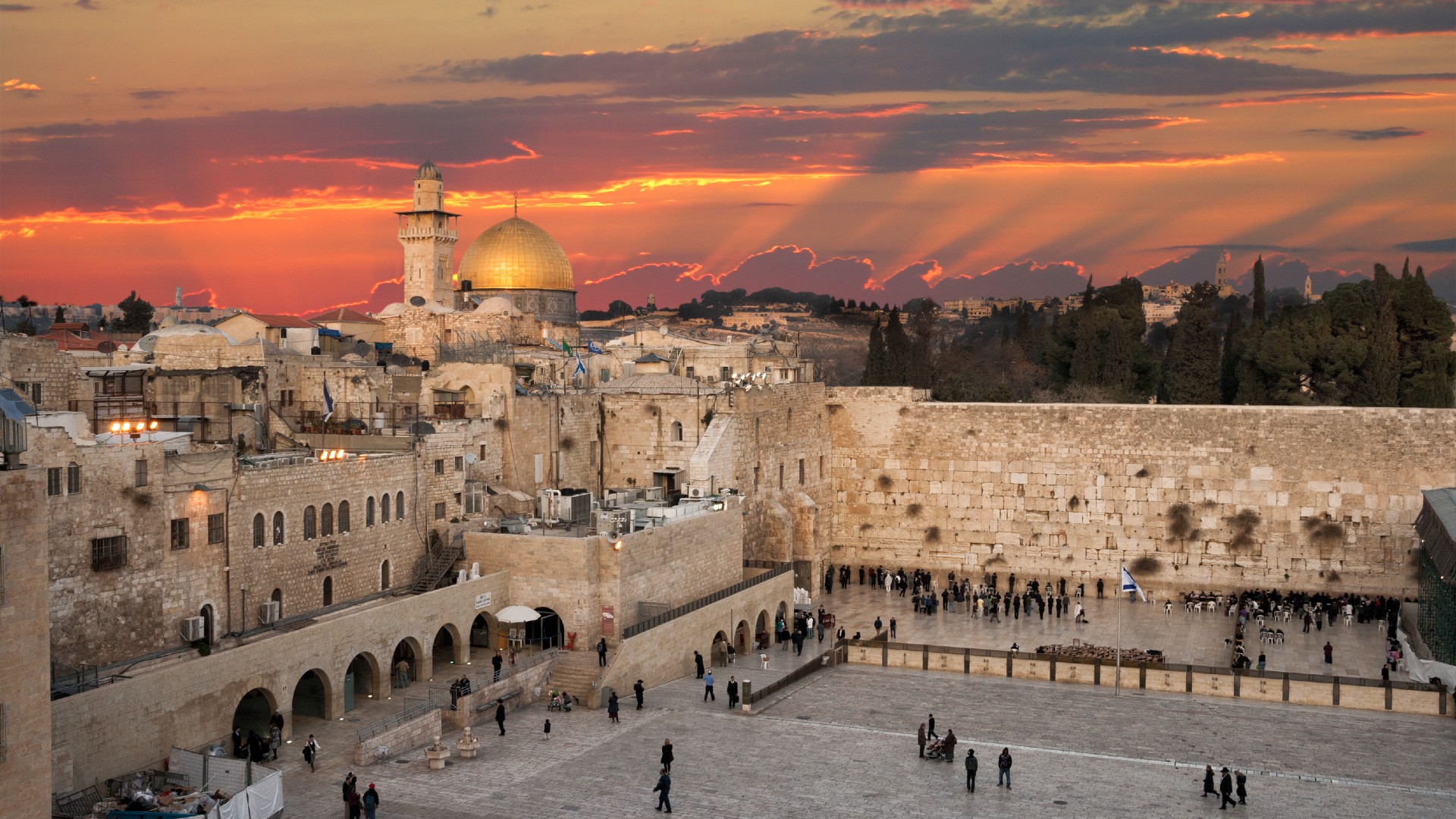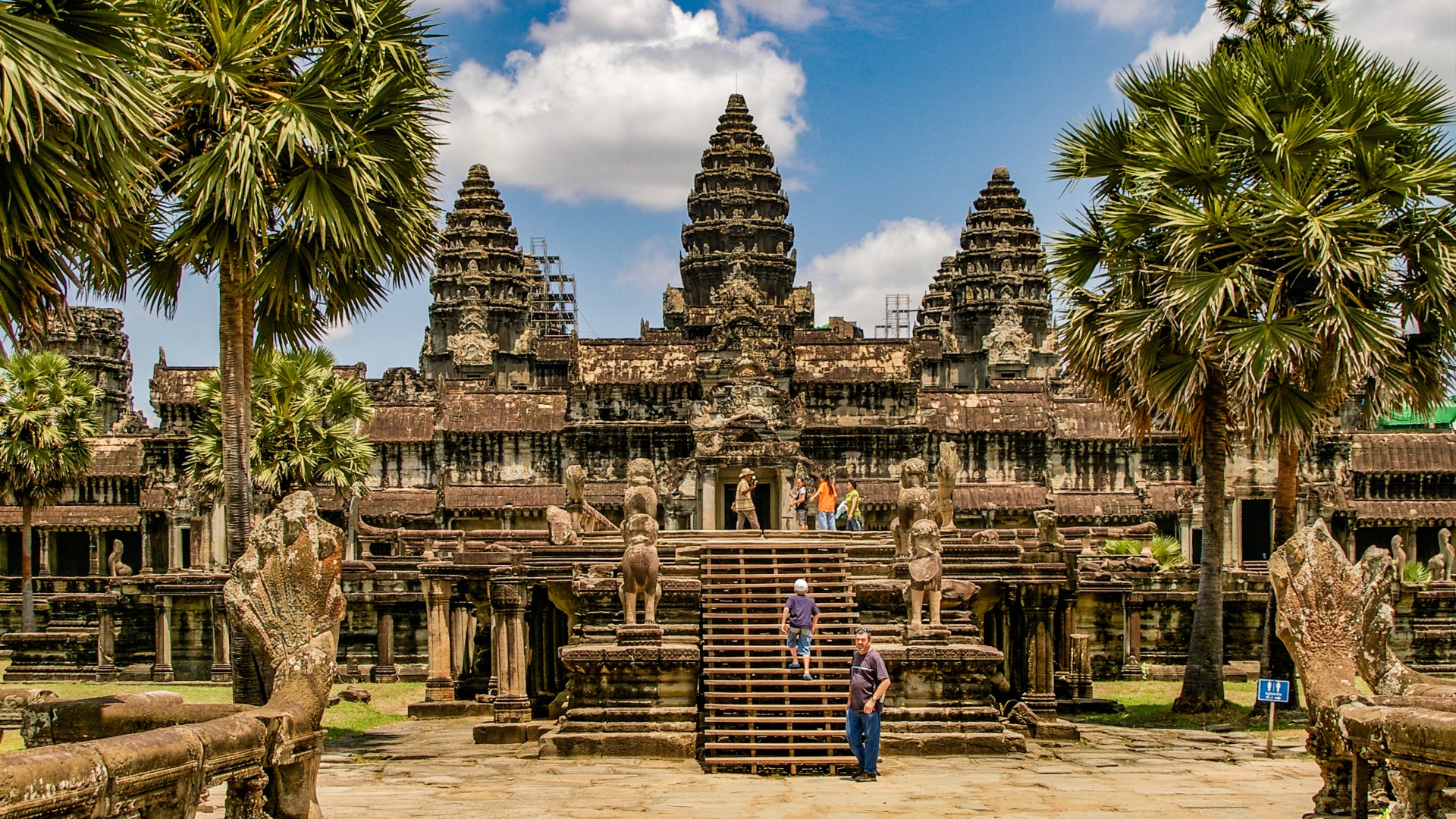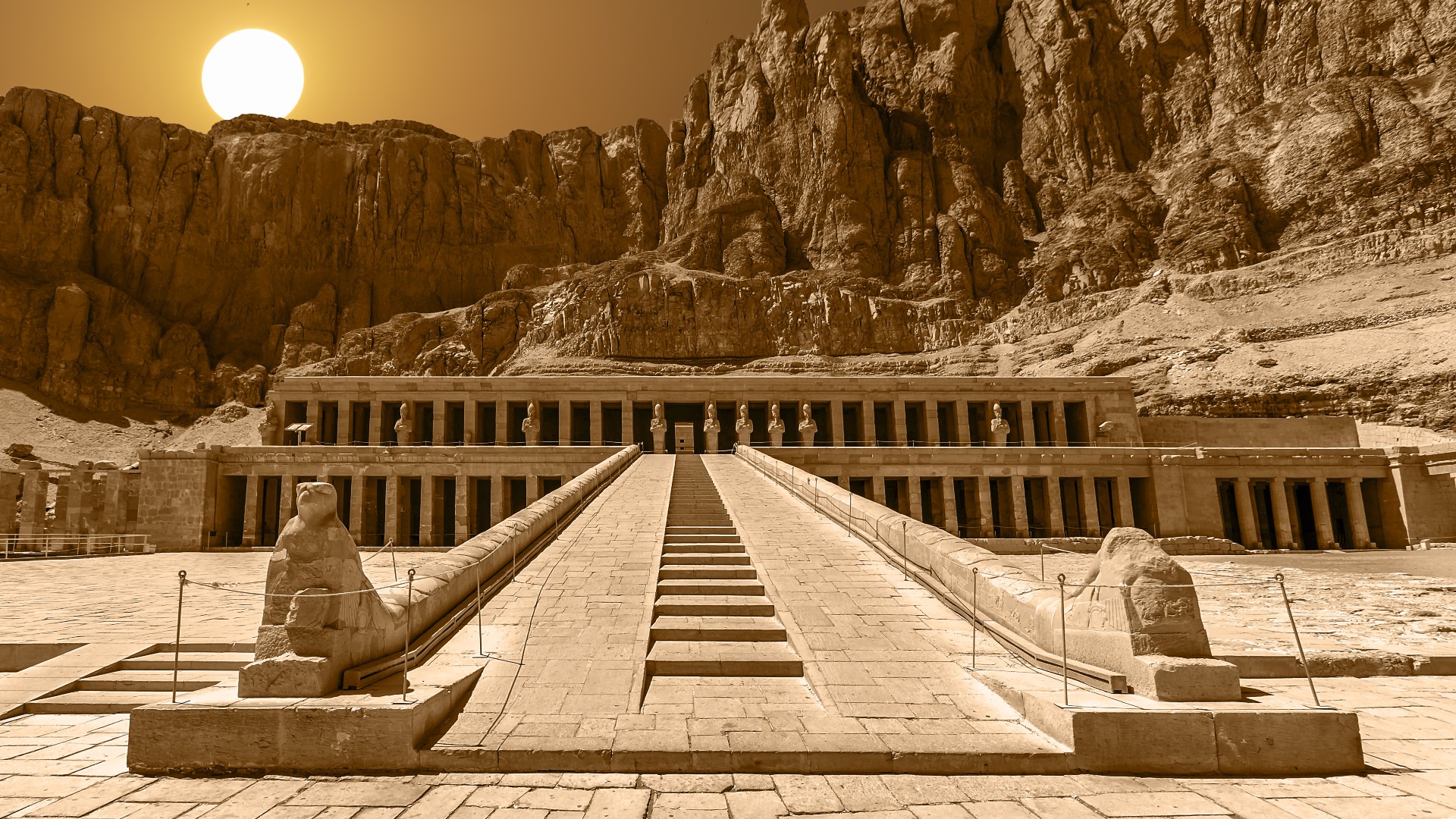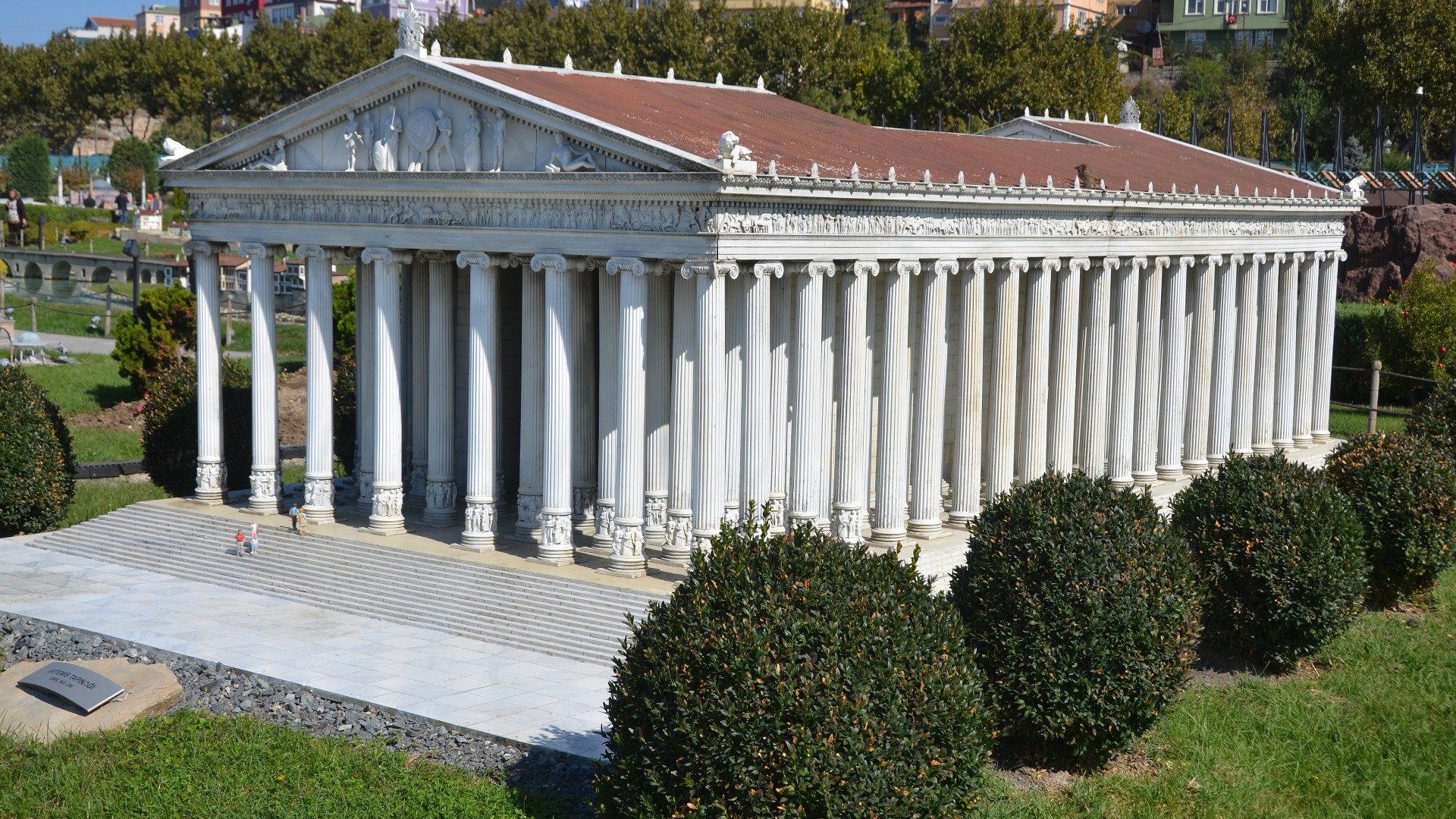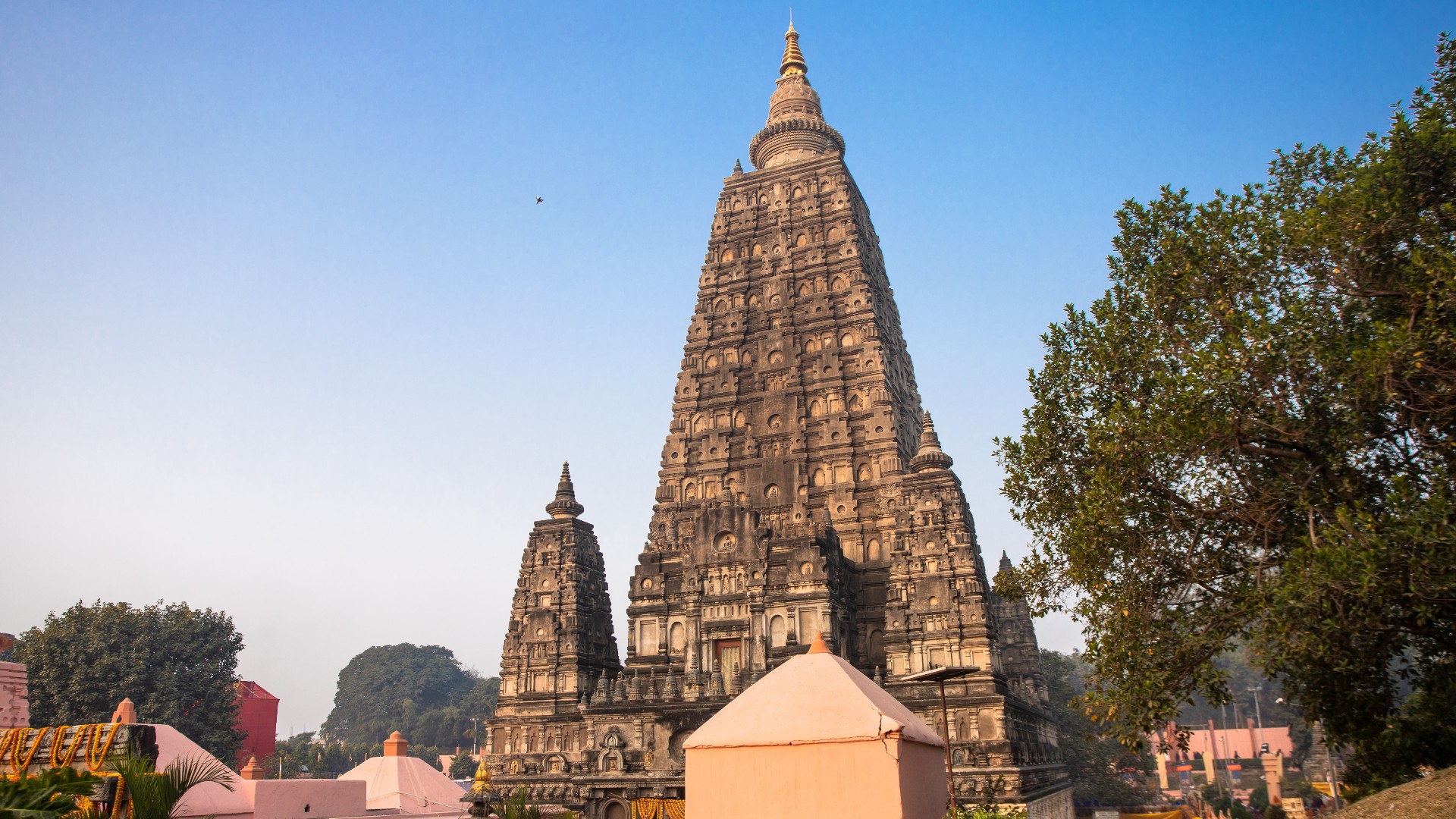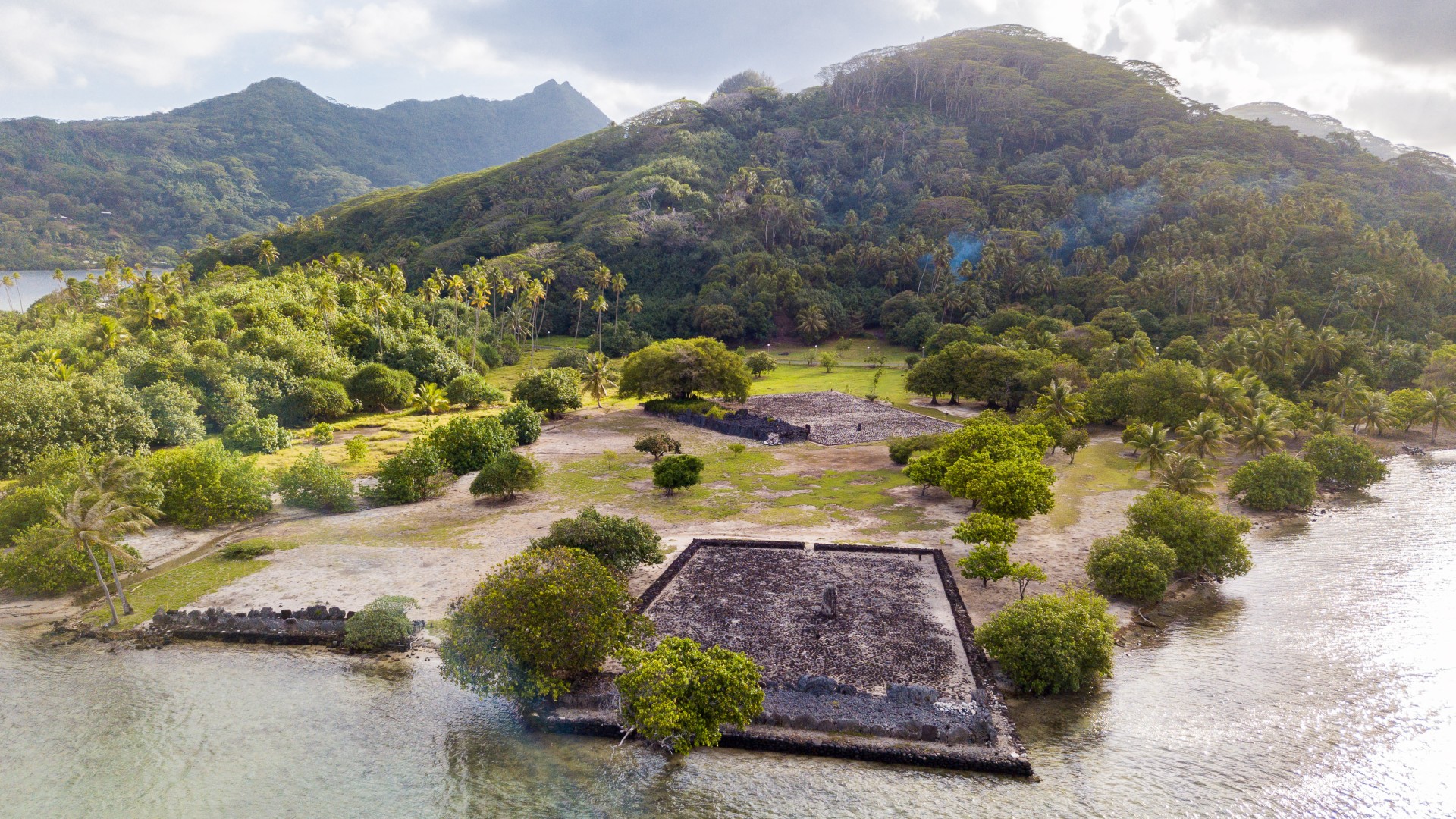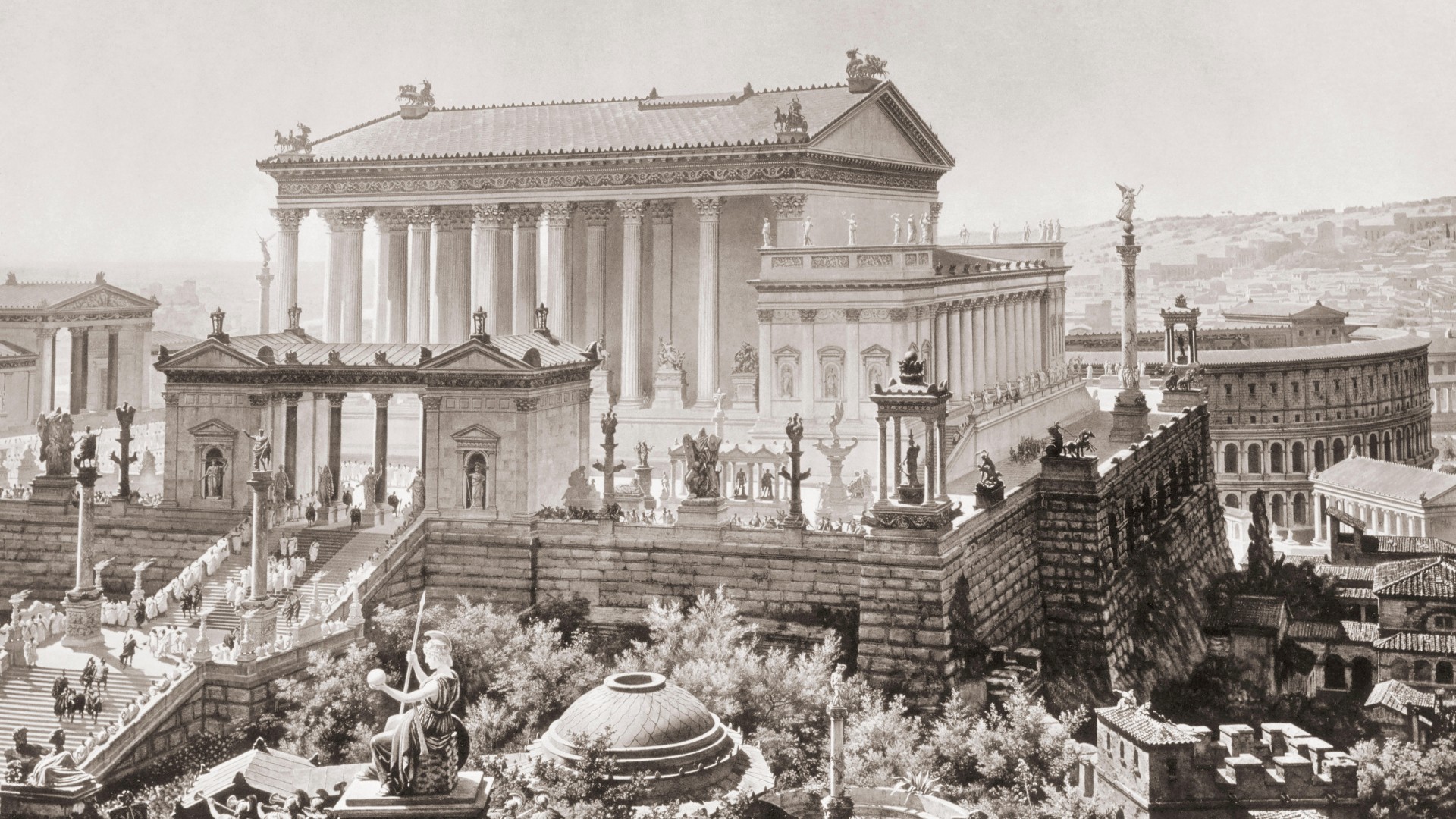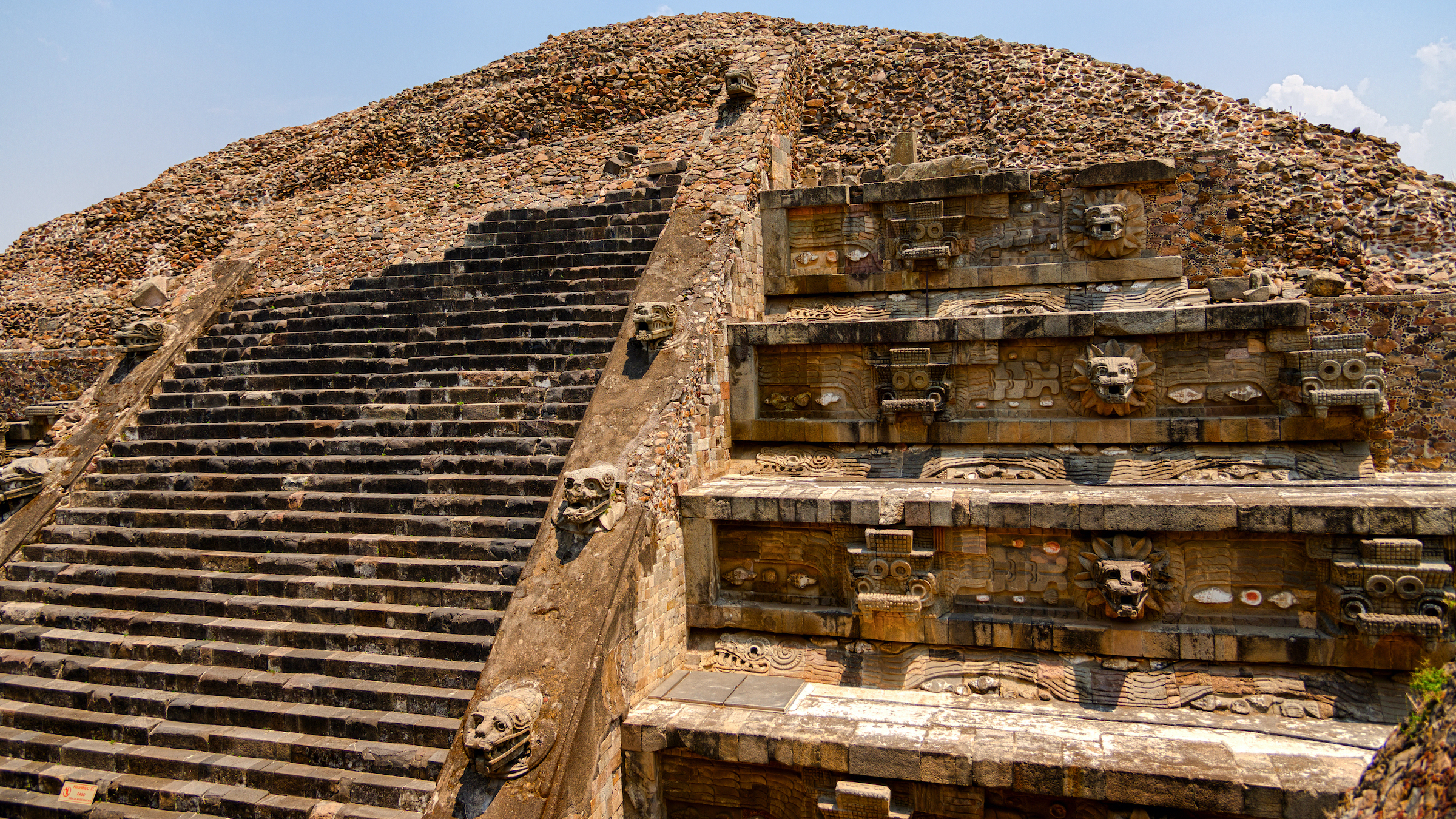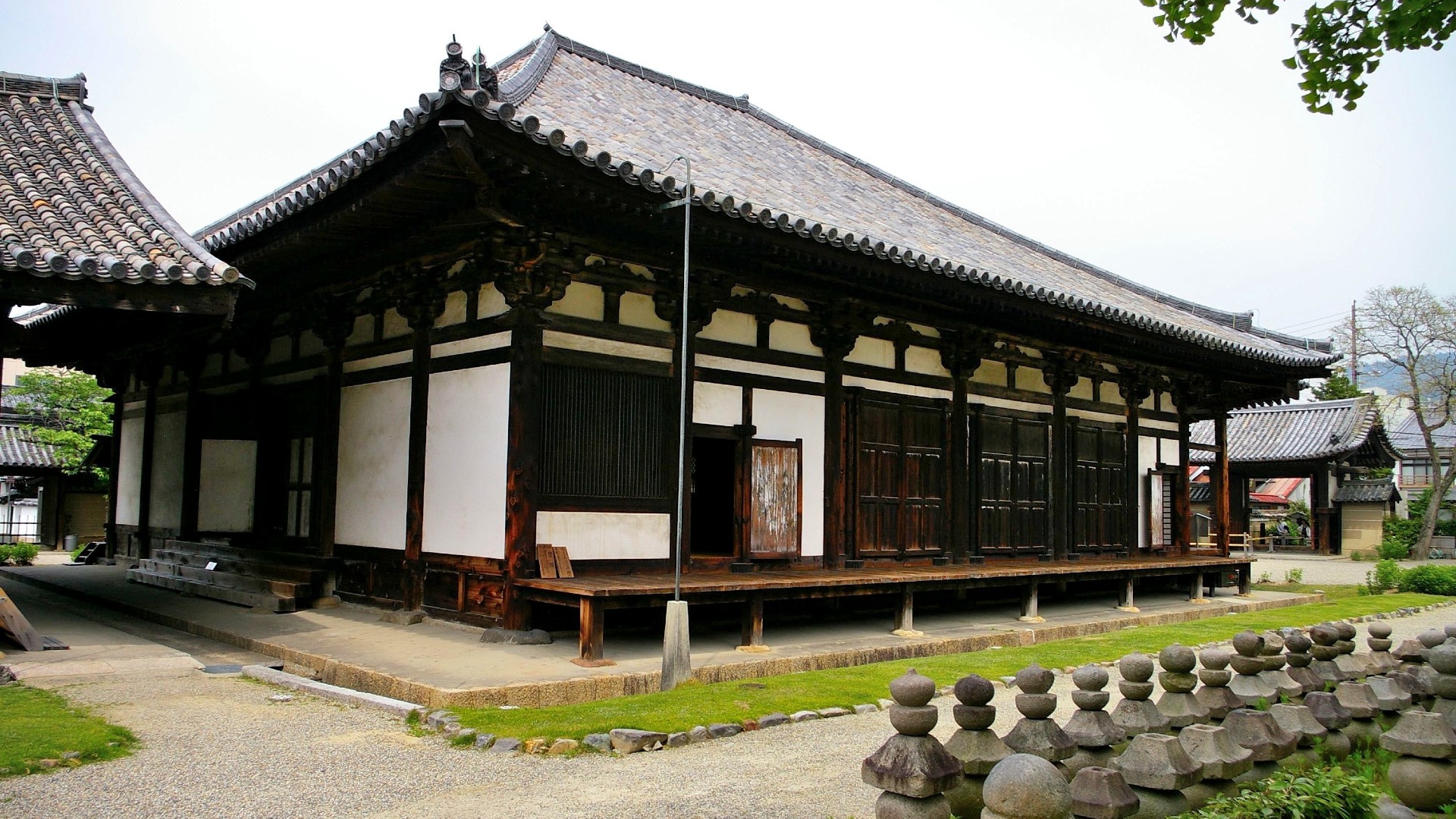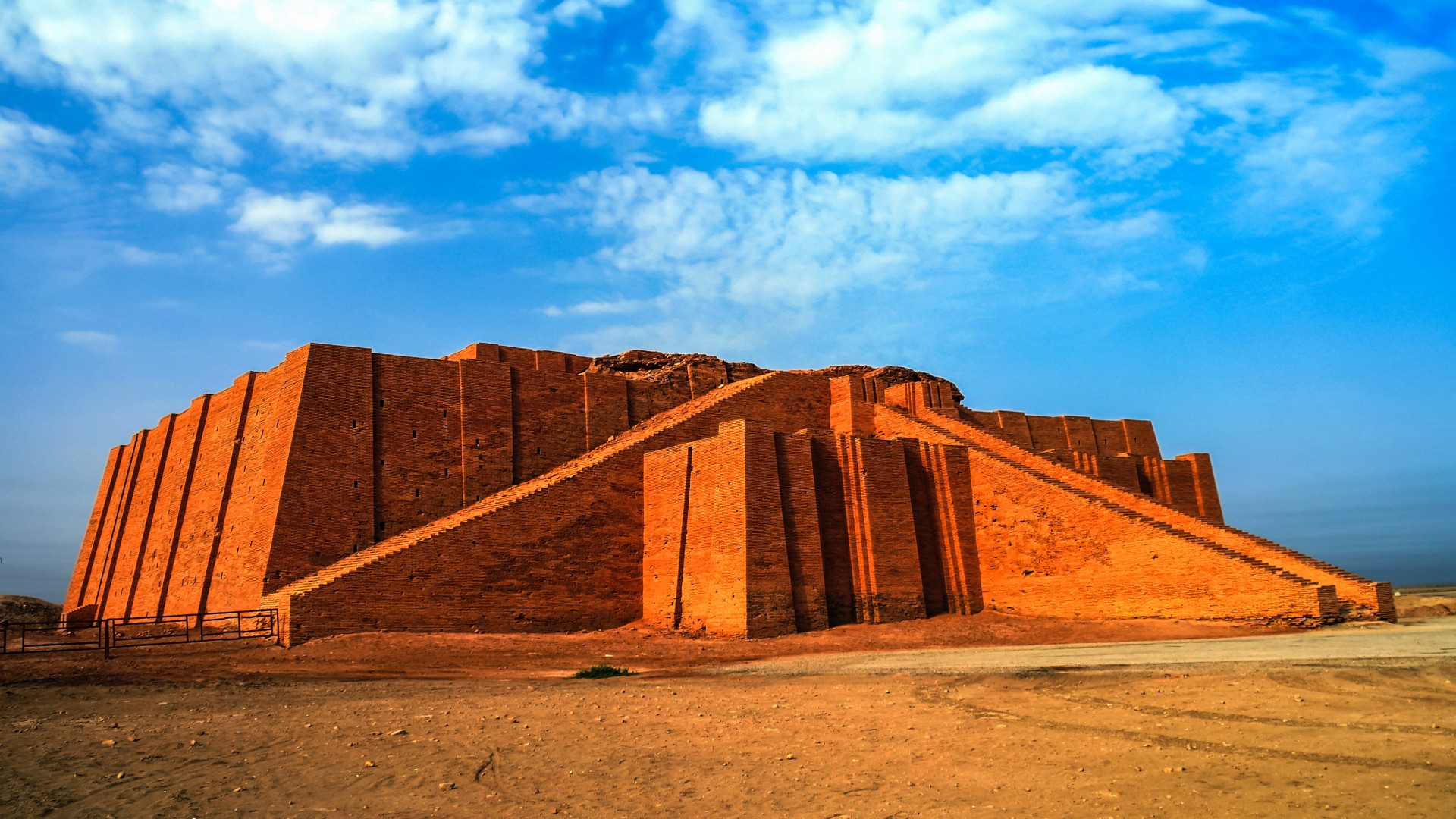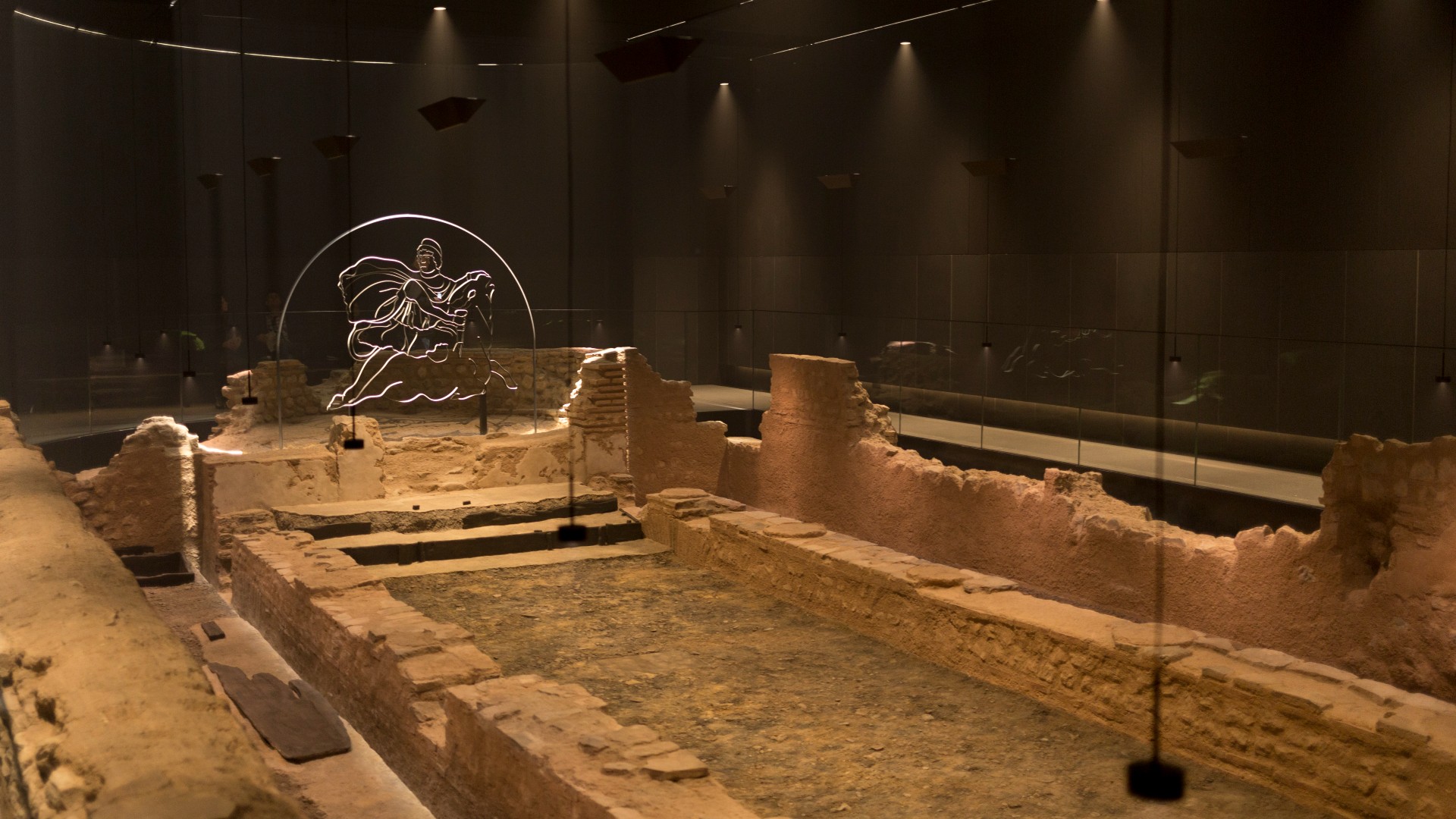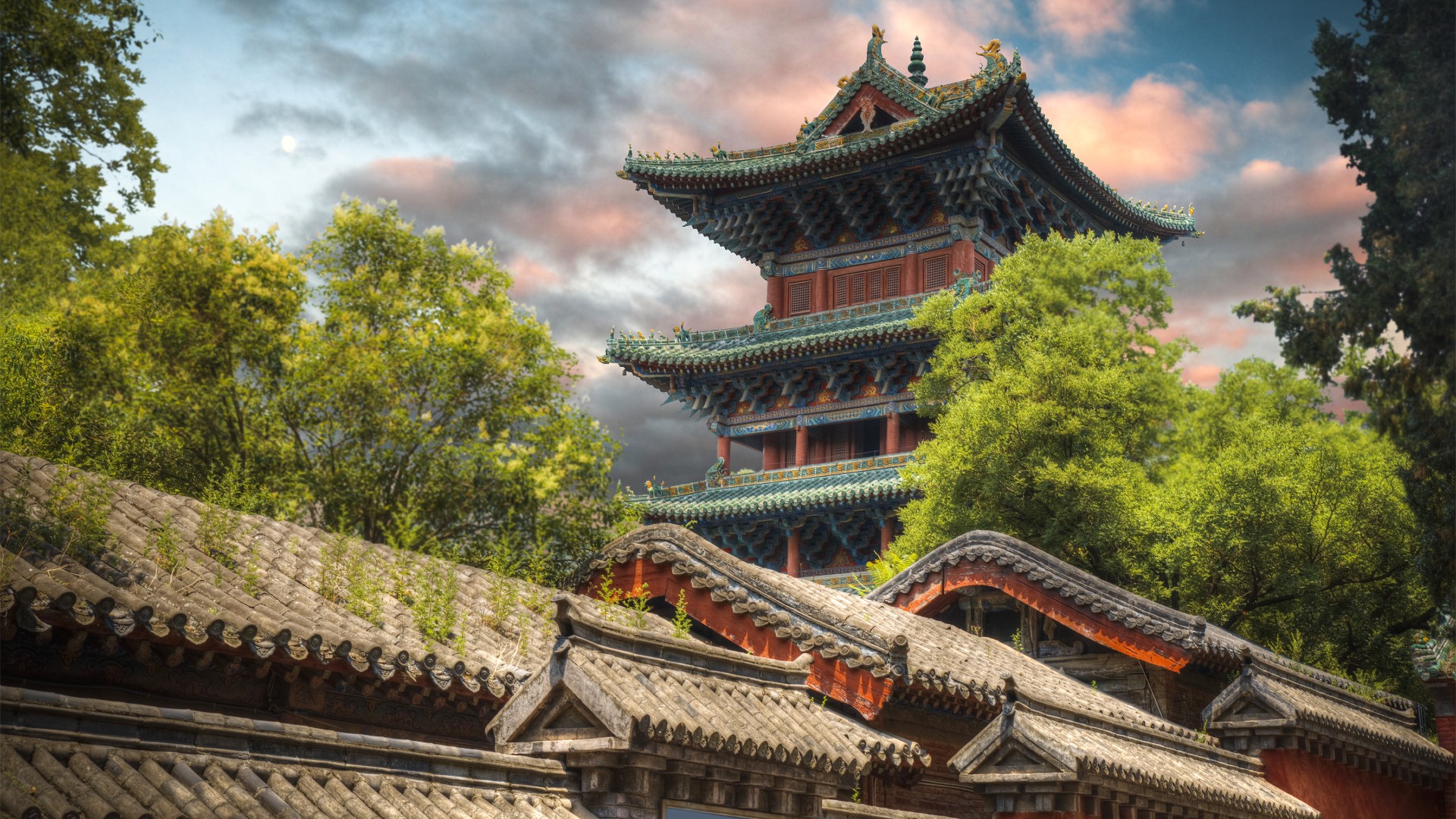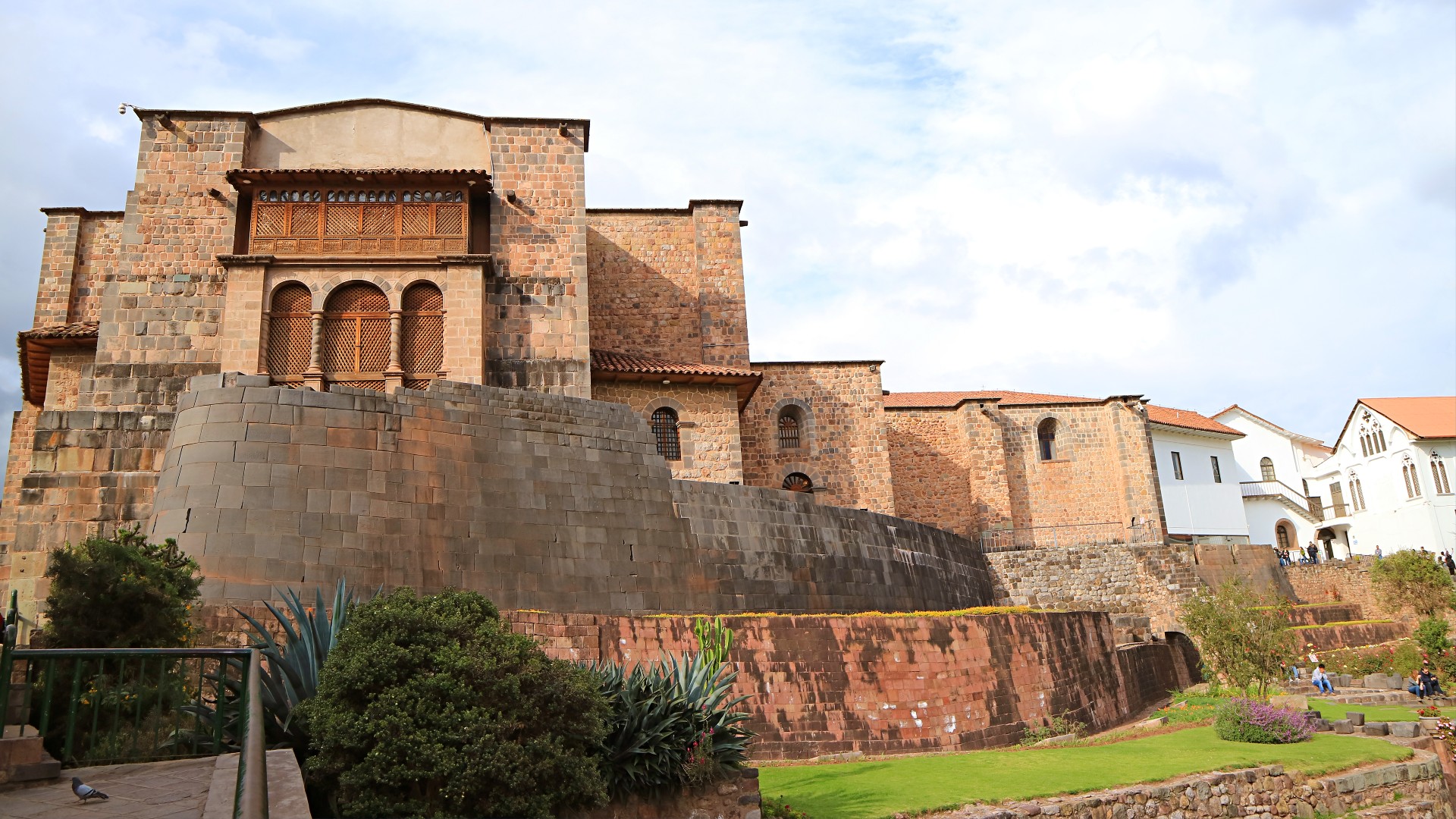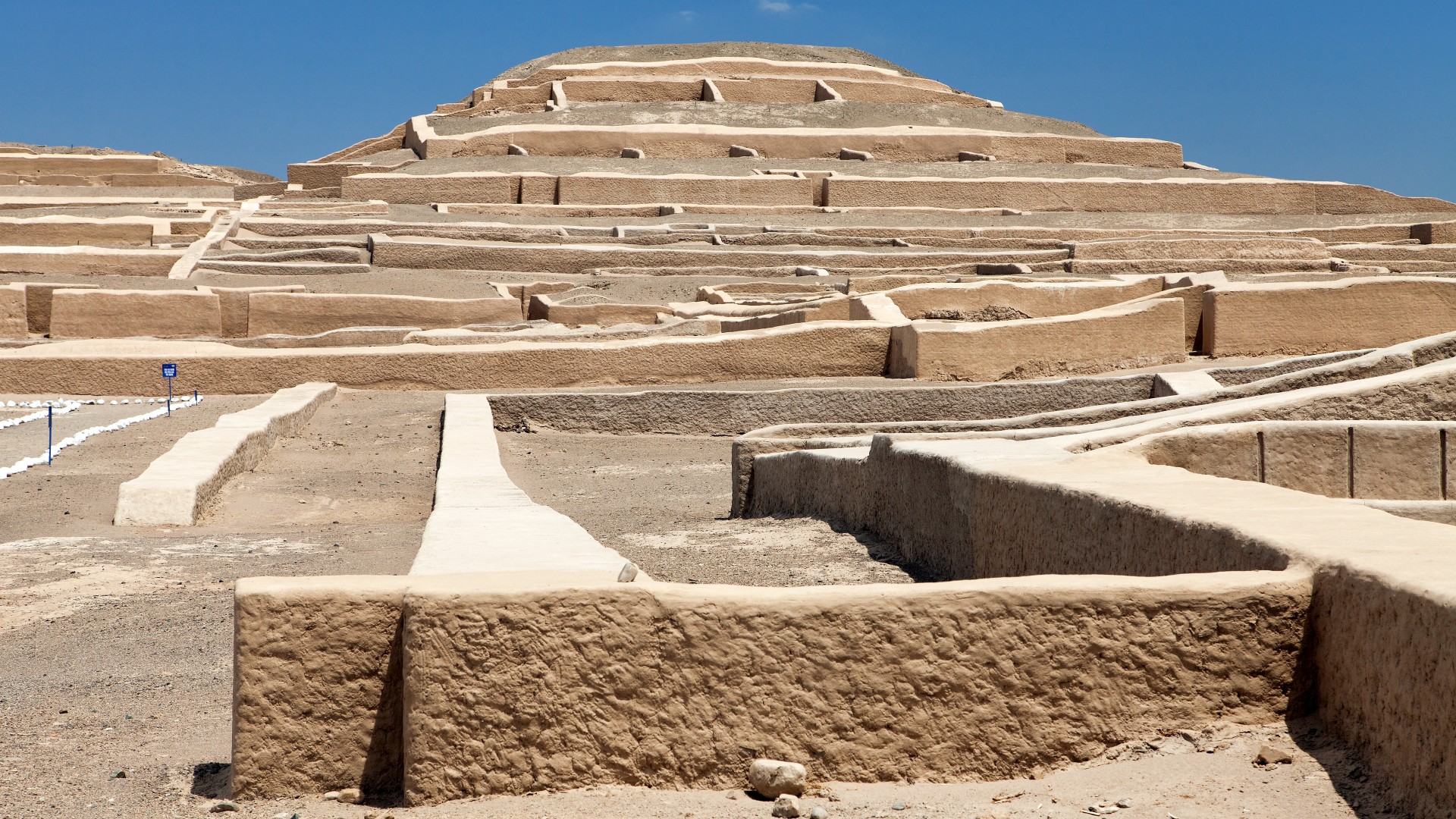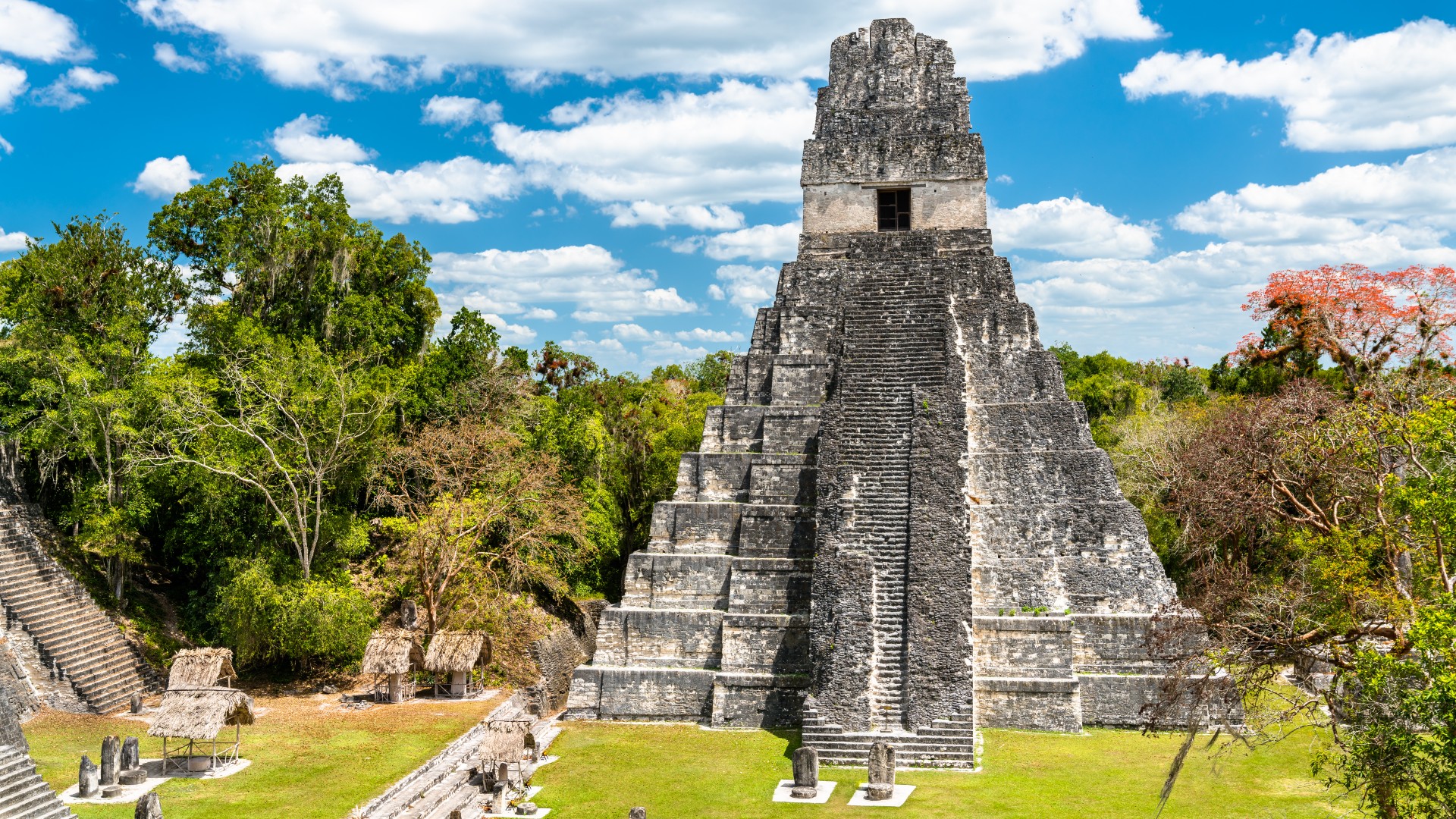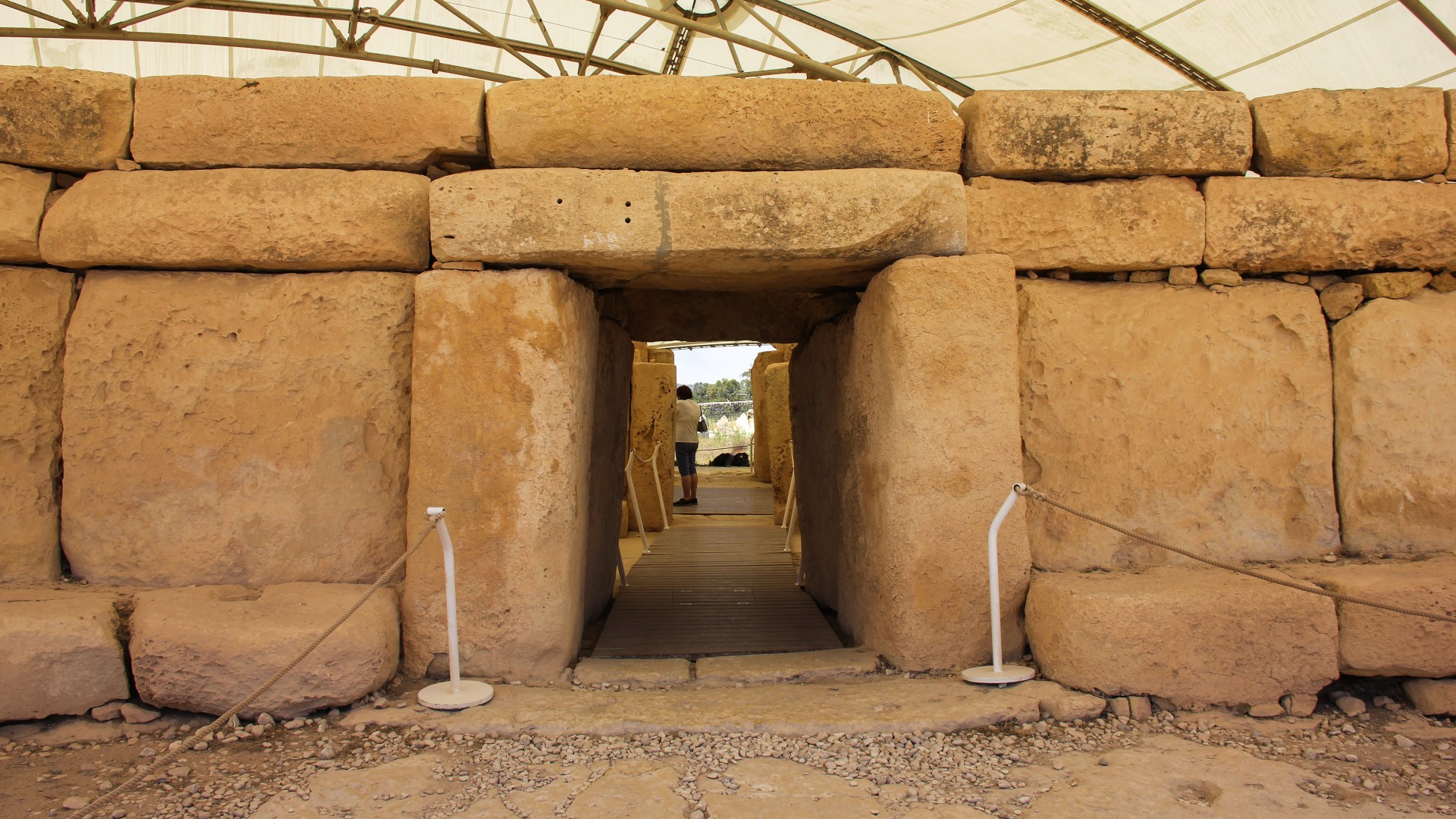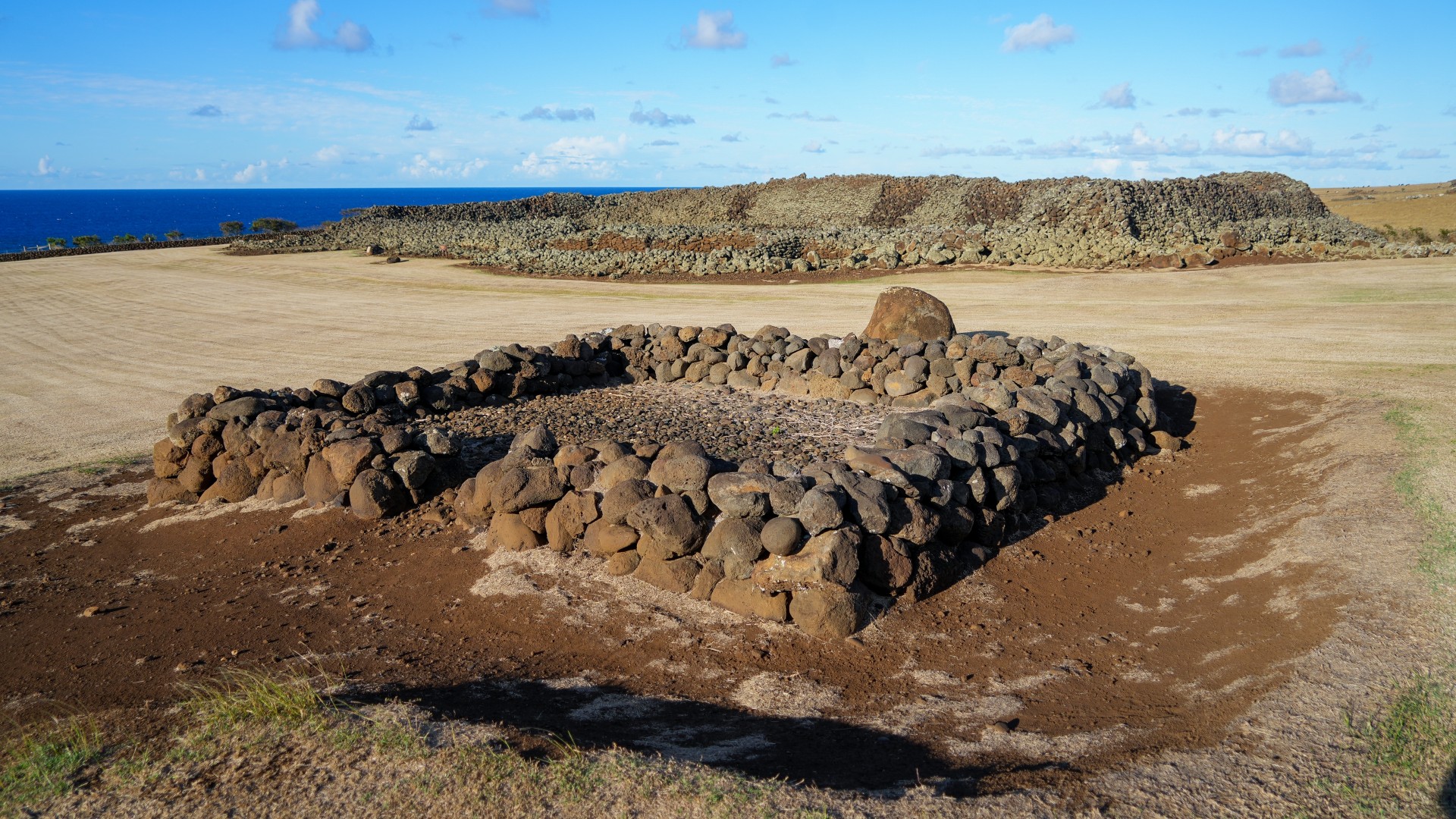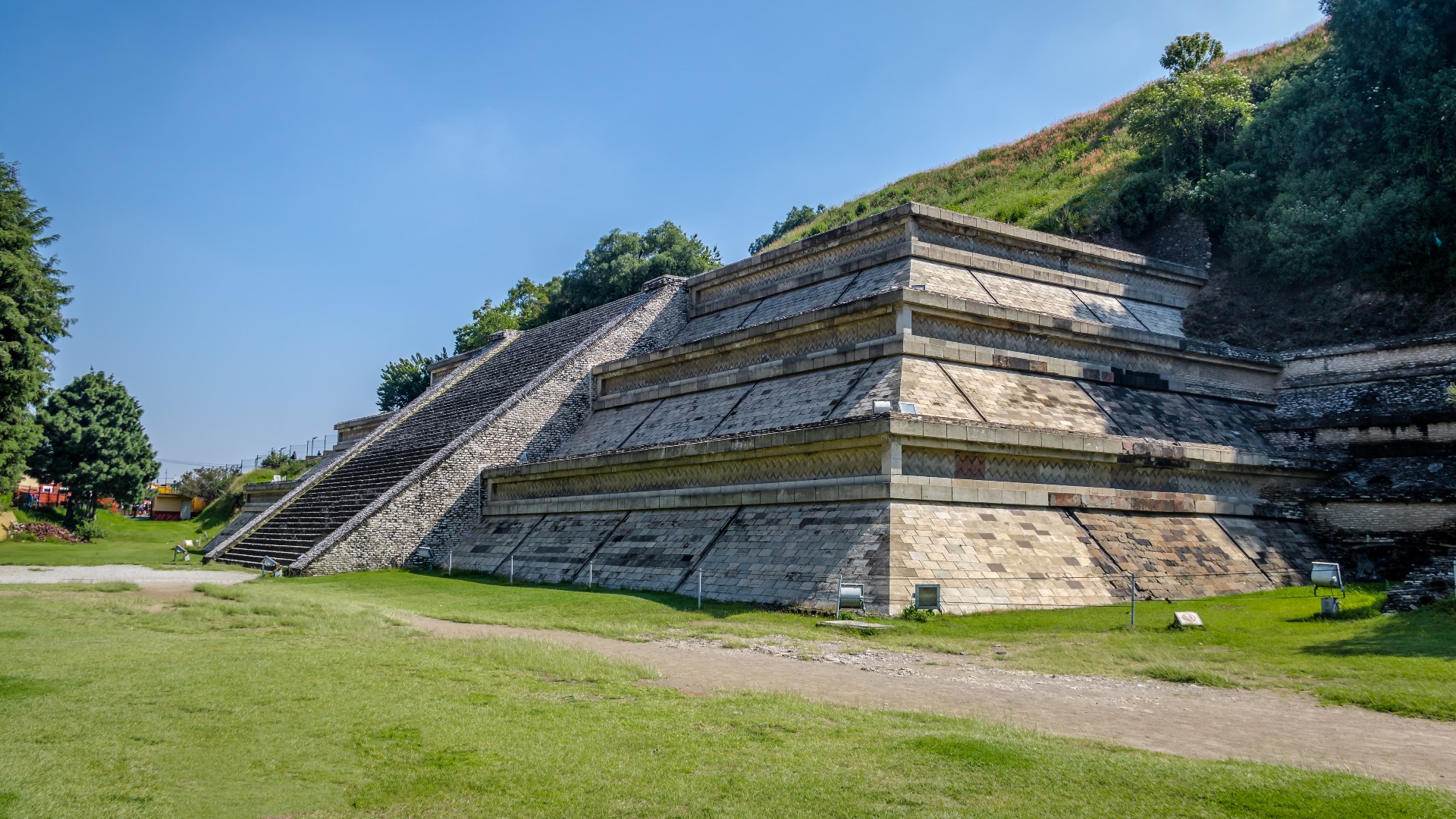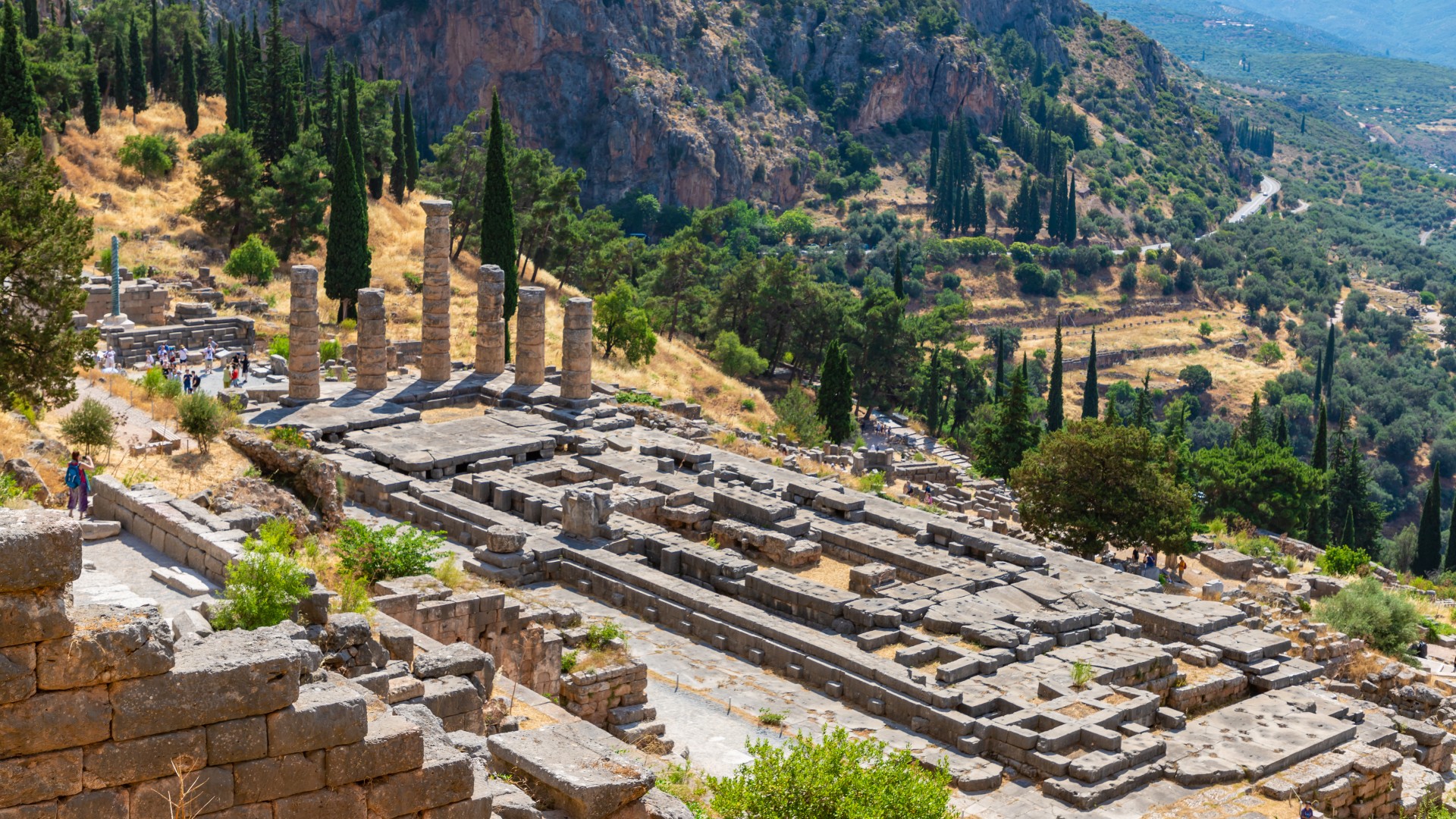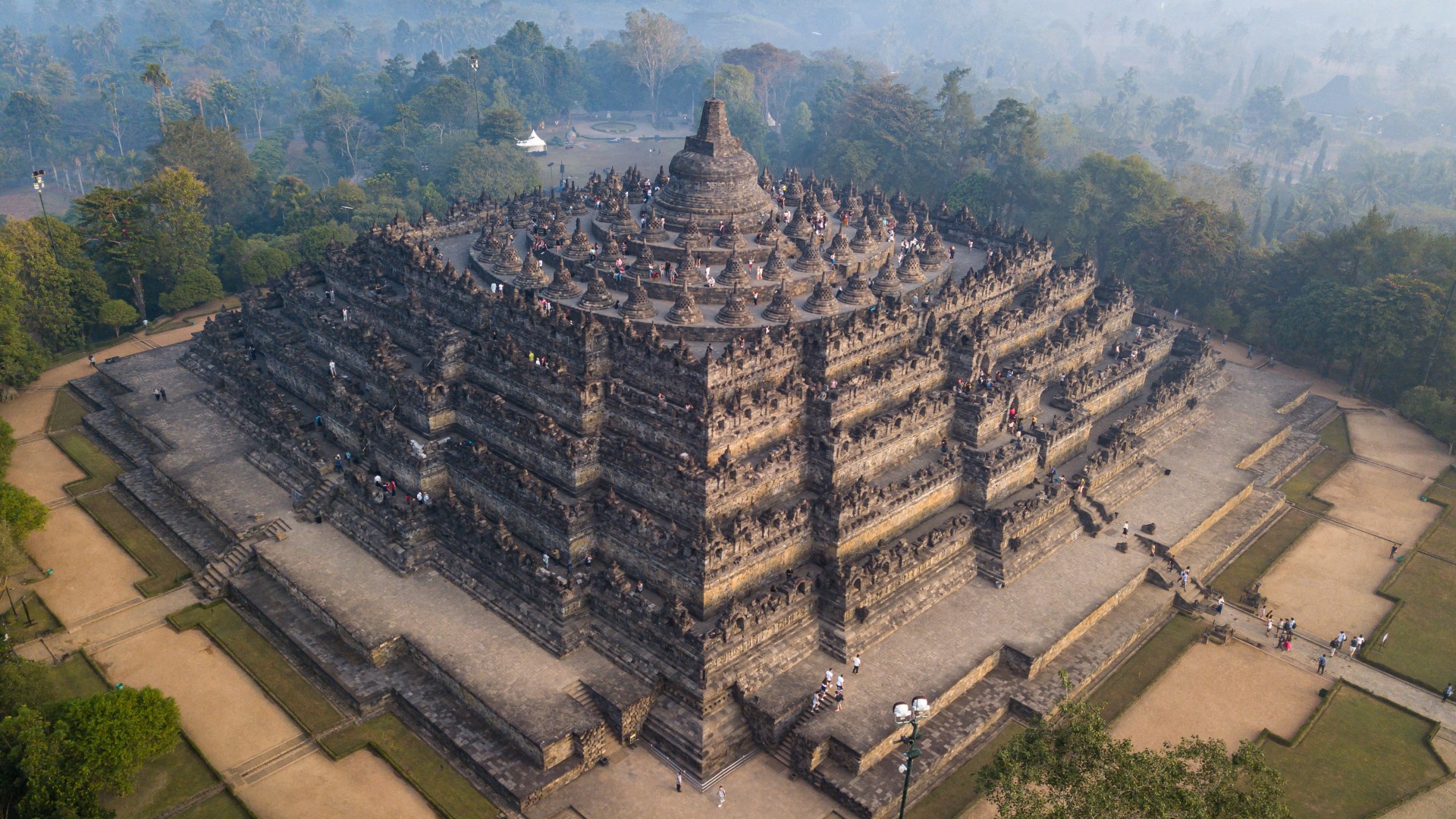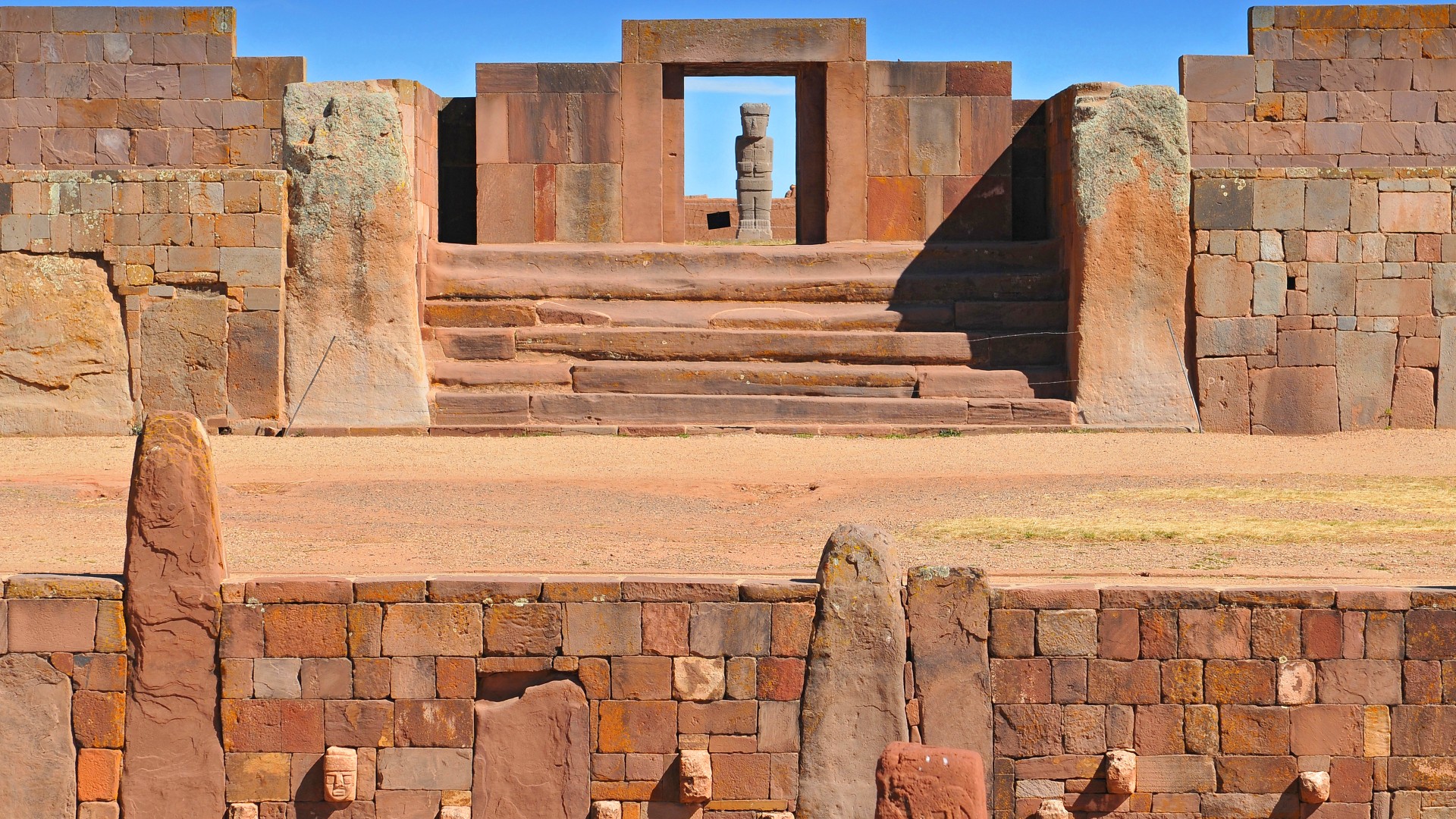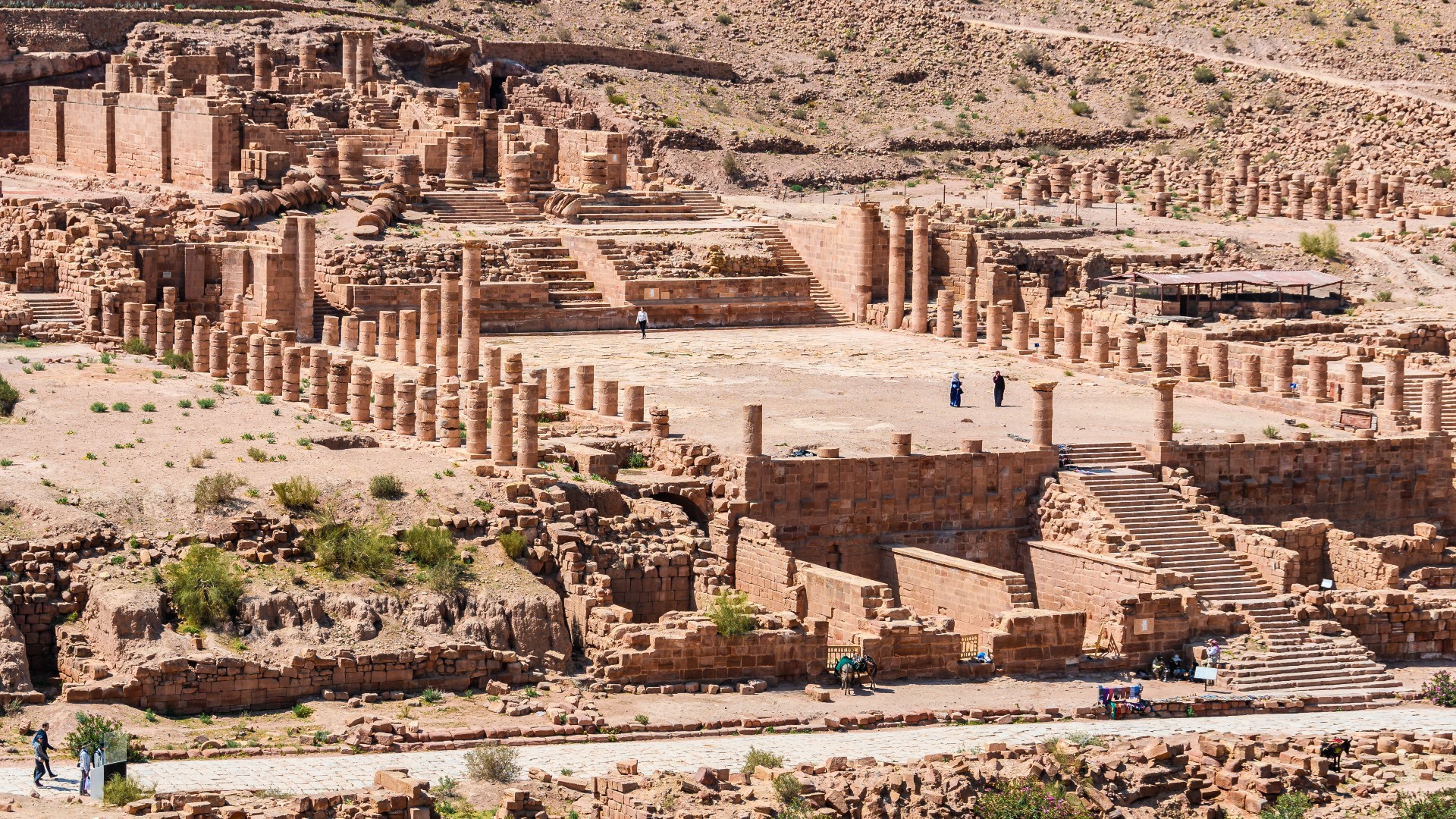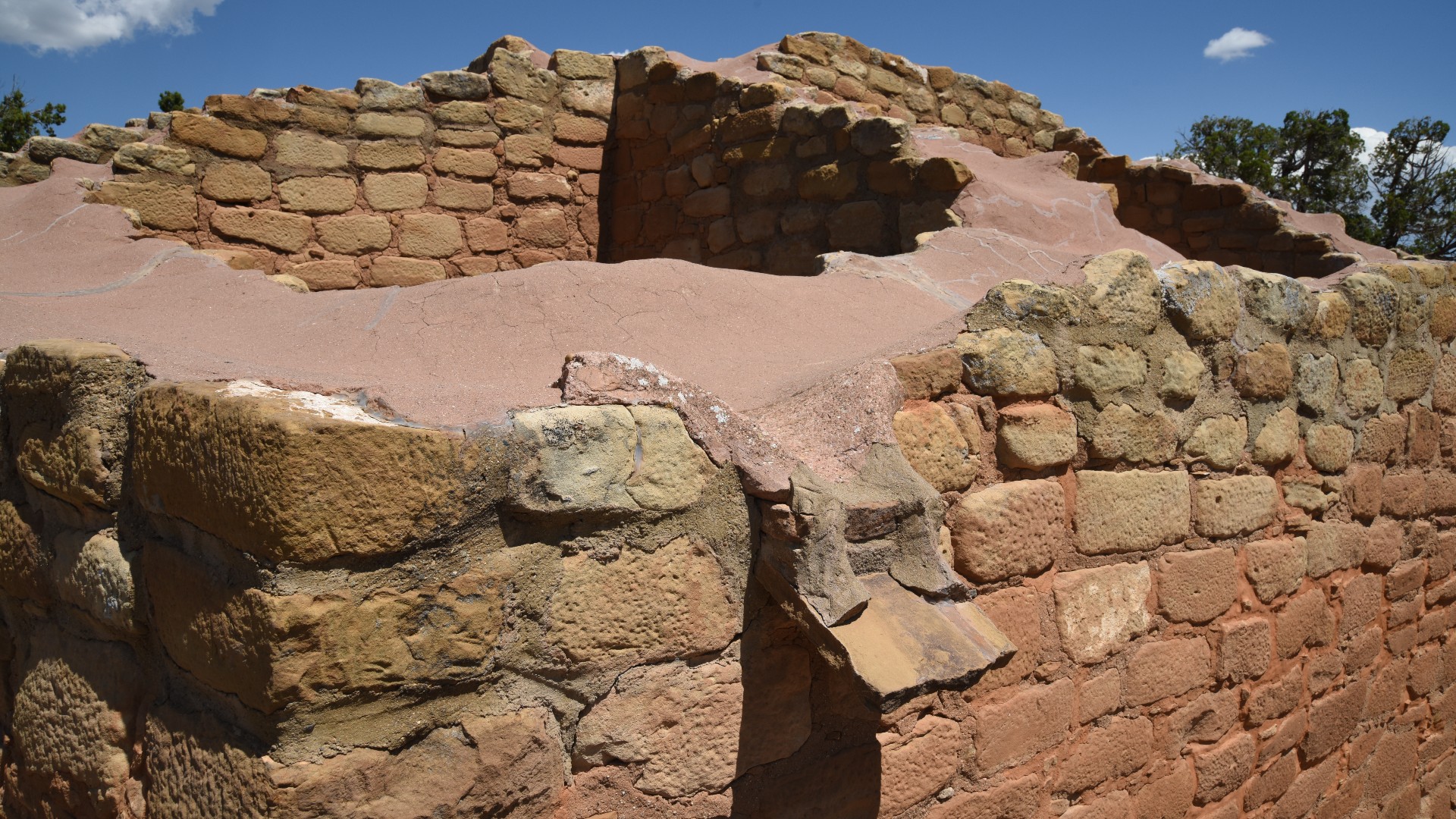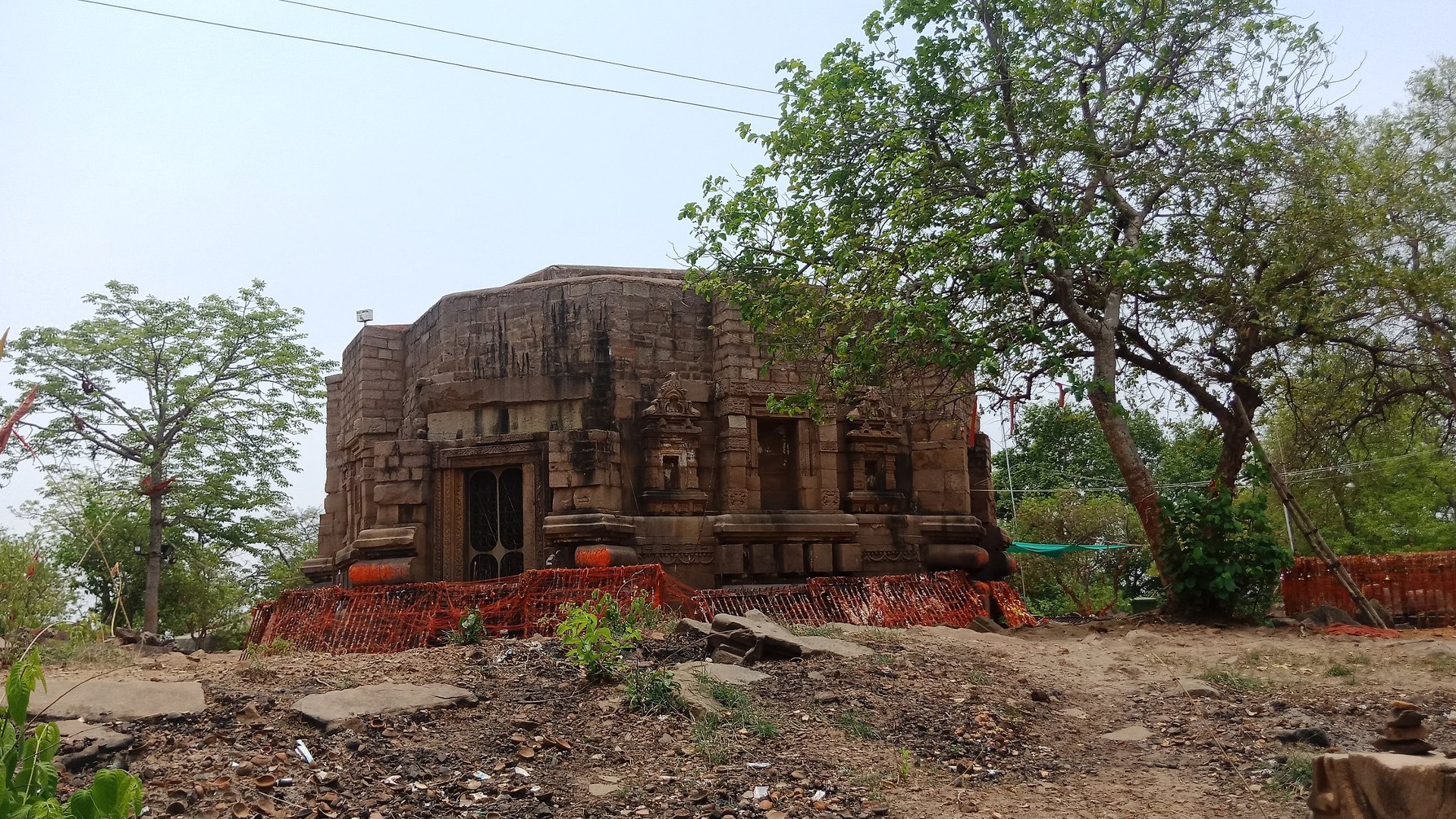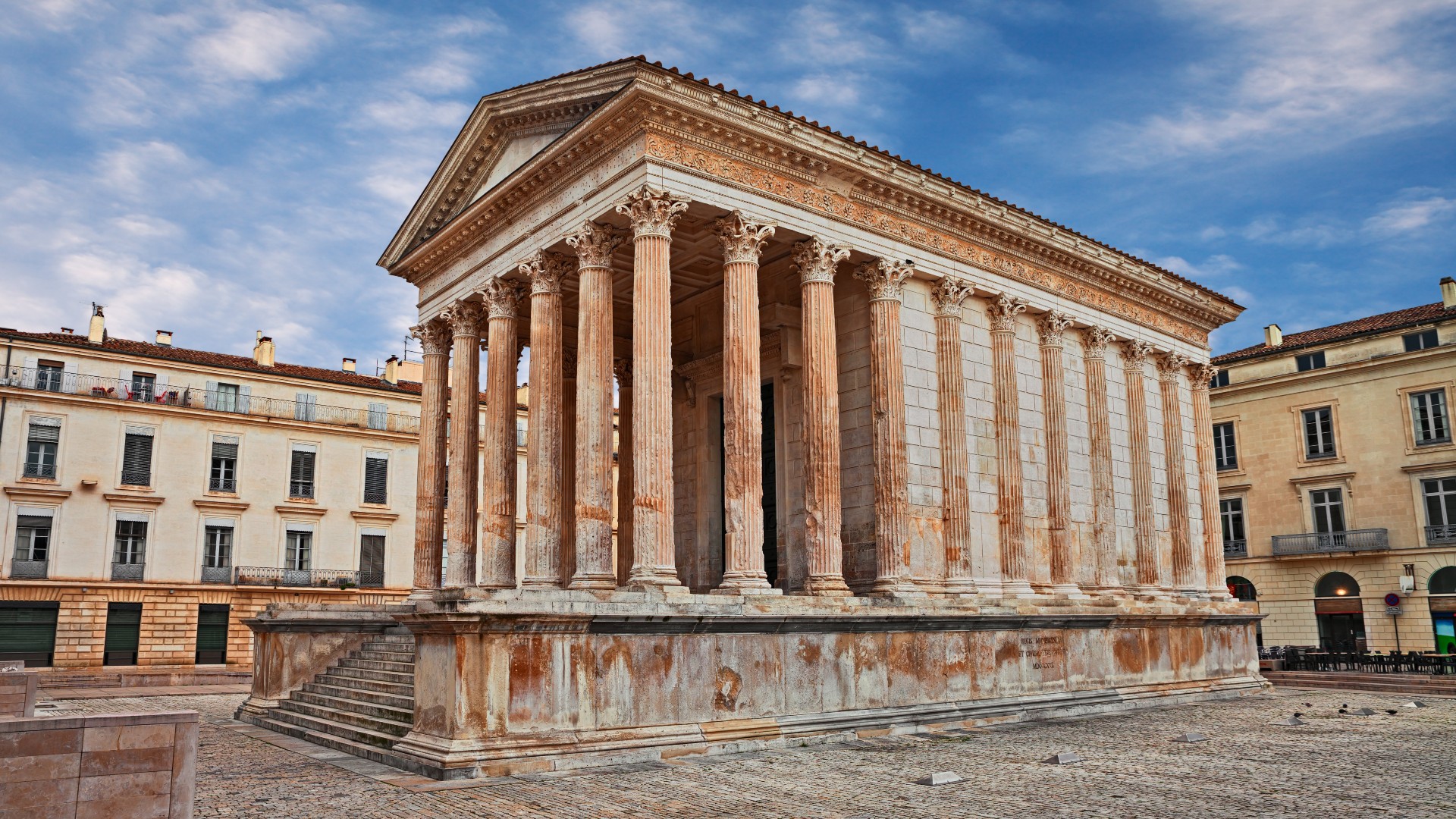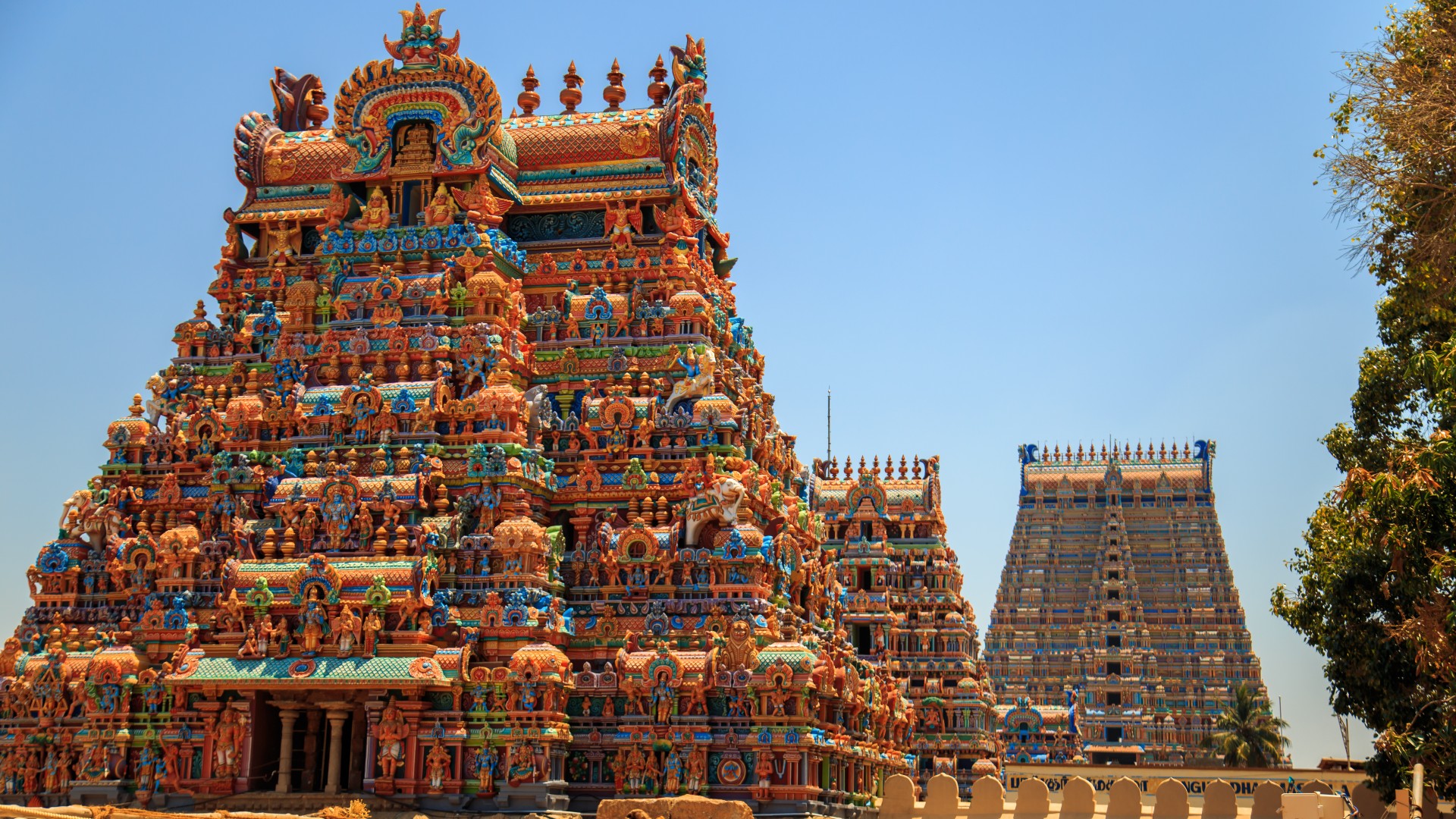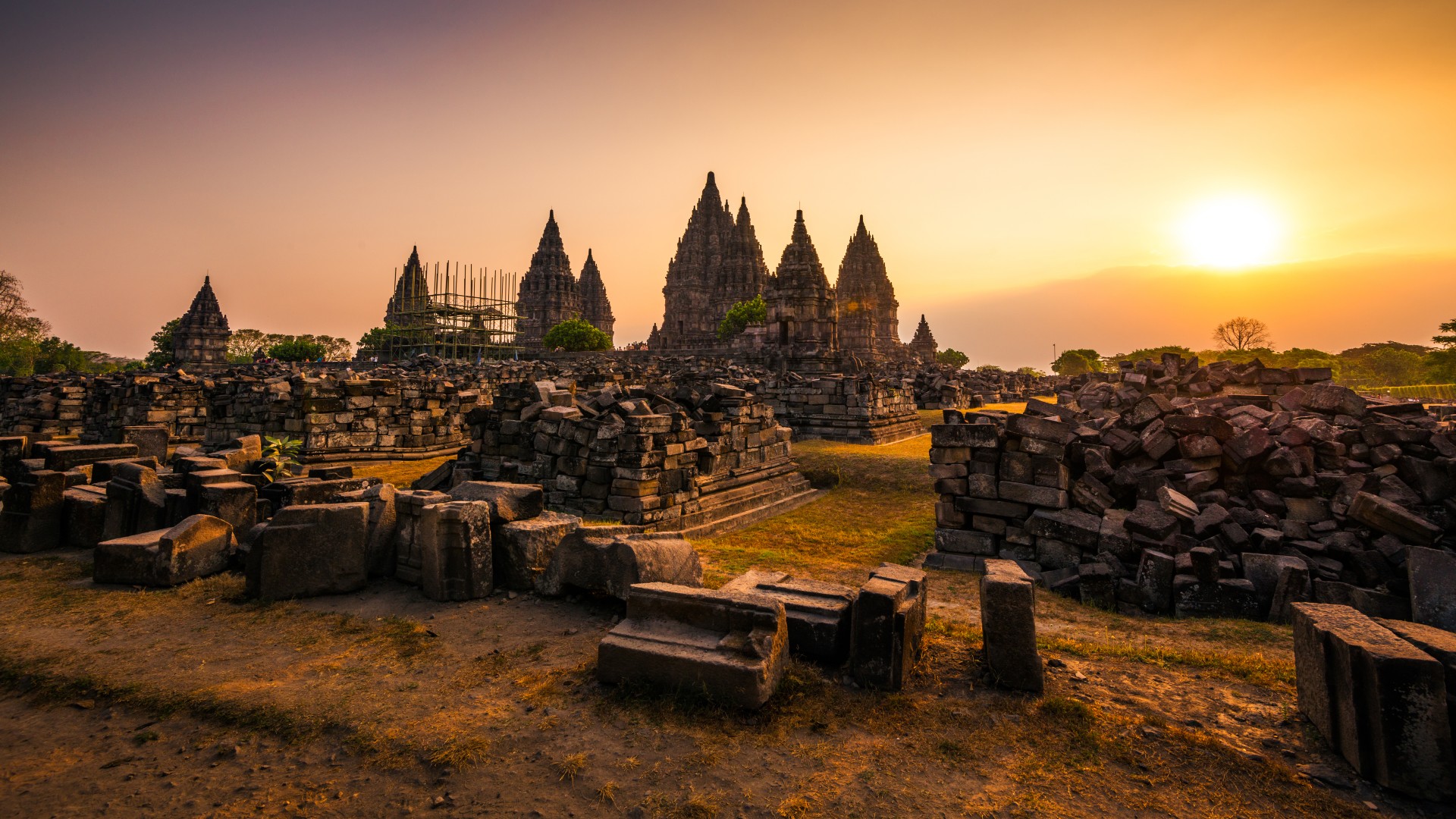31 ancient temples from around the world, from Göbekli Tepe to the Parthenon
Throughout the ages, humans have built temples dedicated to deities. Here are 31 of the most famous monumental temples from around the world.
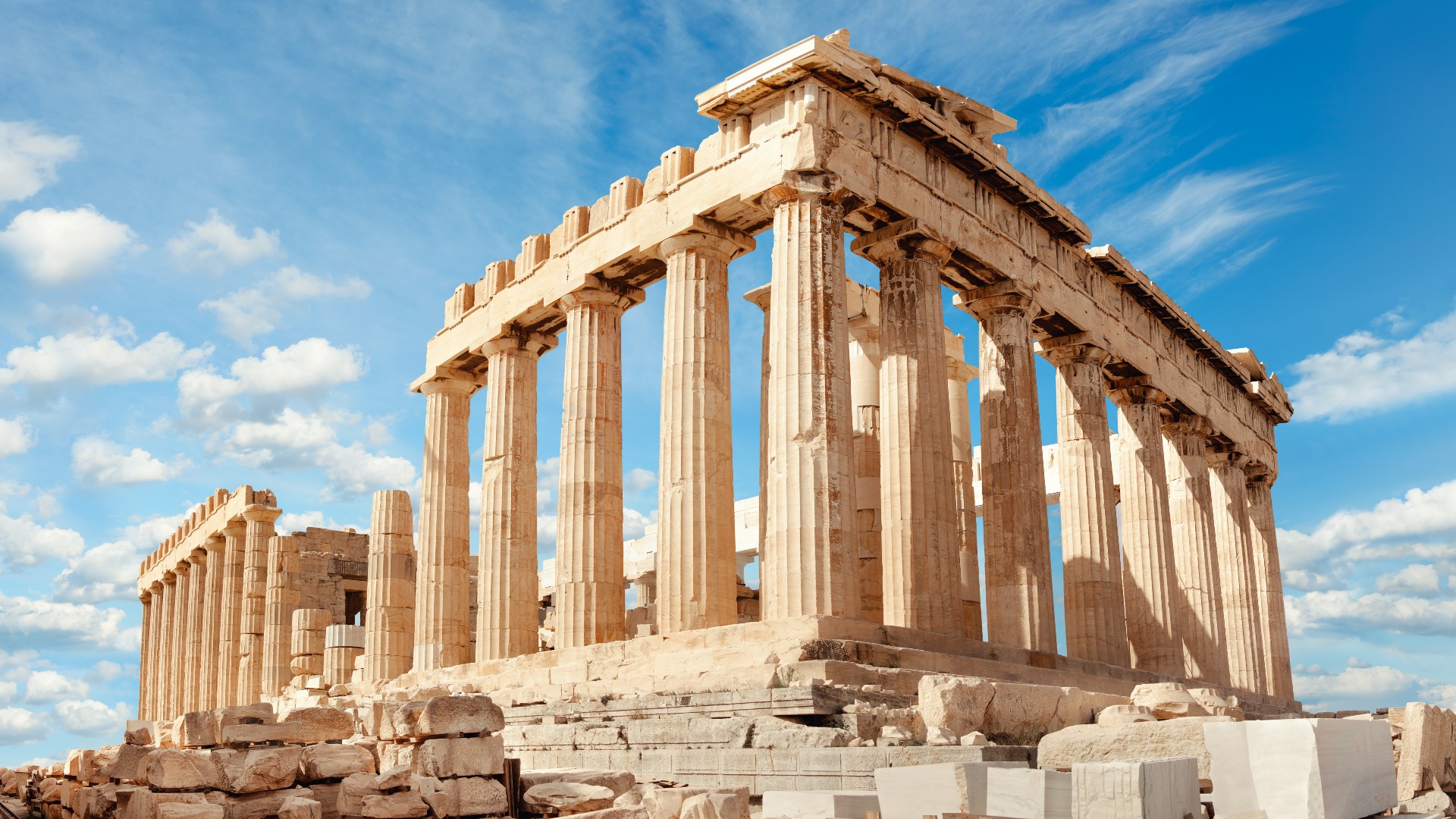
Ancient people built temples all across the ancient world and dedicated them to a plethora of deities. While some of these structures haven't survived the test of time, some still exist today and a few are even in use.
Here are 31 of the most famous and impressive examples of ancient temples from around the world.
Pantheon
Built about 2,000 years ago the Pantheon is located in Rome and has a large dome that rises up to 43 meters (141 feet) tall. It was built to honor multiple Roman gods. In the seventh century the temple was converted into a Christian church. The structure still stands today and is used as a Catholic church. It is one of the longest used religious buildings in existence.
Göbekli Tepe
Dating back 11,500 years, Göbekli Tepe is located in modern-day southeastern Turkey and is one of the oldest monumental structures in the world. The temple may have been built along a precise geometric plan. Its T-shaped stone pillars are up to 18 feet (5.5 meters) tall and have carvings depicting wild animals such as snakes, foxes, gazelles, ducks, cranes and boars. There are also carvings showing human-like figures and what may be a comet.
The site long predates the invention of writing, so determining exactly what activities took place in this monumental building is difficult. Many scholars believe that some form of ceremony was conducted there, and studies of obsidian from the site indicate that people were traveling to it from across the region.
Karnak
Constructed 2,000 to 4,000 years ago, Karnak is a vast ancient Egyptian temple complex located on the east bank of the Nile River at ancient Thebes (modern-day Luxor). It is dedicated to Amun-Ra, a god associated with Thebes. This god was particularly popular during the New Kingdom (circa 1550 B.C. to 1070 B.C.), and much of the construction work dates to this period.
Different Egyptian rulers left their mark at Karnak when they were in power, each adding new structures, such as chapels and large stone entranceways that are now called "pylons." Today, the temple complex covers more than 0.4 square miles (1 square kilometer) — an area larger than some ancient cities.
Get the world’s most fascinating discoveries delivered straight to your inbox.
Temple Mount
The Temple Mount in Jerusalem is where the Temple, the holiest place in Judaism, was located. The First Temple held the Ark of the Covenant but was destroyed when the Babylonians sacked Jerusalem in 586 B.C. Another temple was erected at the site by King Herod (lived circa 74 B.C. to 4 B.C.) but was destroyed by the Romans during a revolt in A.D. 70. The Western Wall, an ancient retaining wall around the Temple Mount, is one of the few sections of the Second Temple left standing today.
The site is also the third-holiest site in Islam and is considered to be the place where Muhammad ascended to heaven in A.D. 621. Its Arabic name is Al-Haram al-Sharif (the Noble Sanctuary), and the Al-Aqsa mosque is located on it.
Angkor Wat
Built between roughly A.D. 1113 and 1150, Angkor Wat (meaning Temple City) is located in Cambodia in the ancient city of Angkor. It was built as a Hindu temple dedicated to Vishnu, a god associated with preservation and protection. It was converted to a Buddhist temple in the 14th century, and statues of Buddha were added to it.
Its 213-foot-tall (65 m) central tower is surrounded by four smaller towers and a series of enclosure walls — a layout that recreates the image of Mount Meru, a legendary place in Hindu mythology that is said to lie beyond the Himalayas and be the home of the gods.
Mortuary temple of Hatshepsut
Also known as Deir el-Bahari, this mortuary temple complex was built by Hatshepsut (reigned circa 1473 B.C. to 1458 B.C.), a female pharaoh of Egypt. Located on the west bank of the Nile River near Luxor, it was a place where her cult was practiced after her death. In ancient Egypt it was common for pharaohs to build temples where they could be venerated after their deaths.
This temple complex was also a place of worship for the Egyptian deities Hathor, Amun and Ra Horakhty, among others. The complex's decorations include scenes showing an expedition Hatshepsut sent to Punt, a land that may be located around modern-day Eritrea.
Temple of Artemis
The Temple of Artemis was located in Ephesus, modern-day western Turkey, and was regarded as one of the seven wonders of the world by ancient writers, who praised it for its beauty. Artemis is a goddess the ancient Greeks associated with animals and hunting; this temple to her was built in 550 B.C. by Croesus, a king of Lydia.
Over time, the temple suffered damage from various events such as a fire in 356 B.C. and earthquake in A.D. 262. Ancient records indicate that it was abandoned or destroyed in the fifth century A.D., and little of it remains today.
Mahabodhi Temple Complex
Mahabodhi Temple Complex is located in the town of Bodh Gaya in northeastern India. Buddhists believe that Siddhartha Gautama, the founder of Buddhism, achieved enlightenment while sitting beneath a fig tree near this temple.
A temple has stood on the site since at least as far back as the third century B.C., and the current temple complex dates back about 1,500 years. Its grand temple stands 164 feet (50 m) tall. The temple includes a tree, known as the Bodhi tree, that's said to be a descendant of the one Gautama sat under.
Taputapuātea marae
Located at the end of a peninsula on Ra'iātea Island in the southern Pacific Ocean, Taputapuātea marae is considered a sacred place where the island's Polynesian inhabitants worshipped the god Oro. This temple was also considered "the place where the world of the living (Te Ao) intersects the world of the ancestors and gods" according to UNESCO, noting that it was built by the Mā'ohi civilization and may date back 1,000 years.
Temple of Jupiter
The Temple of Jupiter was the most important temple in ancient Rome and was located on Capitoline Hill. Jupiter was a sky god who some Romans considered to be king of the gods. The temple was constructed during the sixth century B.C. and was rebuilt several times after being destroyed by disasters. It declined for good as the Roman Empire converted to Christianity in the fourth and fifth centuries. Eventually, it was heavily damaged and destroyed with little of it remaining today.
Parthenon
Located on the Acropolis of Athens, the Parthenon was dedicated to Athena, a goddess ancient Greeks associated with war and wisdom. Constructed in the fifth century B.C., it is 228 feet (69 m) long by 101 feet (31 m) wide, standing roughly 65 feet (20 m) high.
The Parthenon's pediments — triangular shapes that form the gables of a roof — have sculptures depicting scenes involving Greek gods. For instance, sculptures on the east side tell the tale of the birth of Athena, while those on the west depict a battle between Athena and the god Poseidon to determine who would be the patron deity of Athens. Some of the sculptures were removed by Thomas Bruce, the seventh Earl of Elgin and Britain's ambassador to the Ottoman Empire, in the early 19th century and were placed in the British Museum. There are ongoing discussions about the sculptures' return.
Temple of the Feathered Serpent
The Temple of the Feathered Serpent, also known as the Temple of Quetzalcóatl, is located in the ancient city of Teotihuacán in Mexico. The pyramid-shaped monument has six steps, or levels, and is believed to have been completed in the third century A.D. The structure contains low reliefs showing alternating depictions of Quetzalcóatl, a feathered serpent god, and Tlaloc, an ancient storm god. A number of sizable temples and other religious structures stand near it.
Gango-ji Temple
Located in Nara, east of Osaka, Gango-ji Temple is 1,300 years old and is possibly the oldest Buddhist temple in Japan. Construction of the temple was ordered in the seventh century by Soga no Umako, the leader of the Soga clan who helped introduce Buddhism to Japan. The temple has been rebuilt and modified over time, but today it includes the main hall, zen room and thousands of artifacts.
Ziggurat of Ur
Dedicated to Nanna, a Mesopotamian moon god, the ziggurat of Ur in modern-day Iraq stood about 100 feet (30 m) tall. A series of ramps enabled people to ascend to the top and perform rituals. Dating back more than 4,000 years, it was built at a time when Ur was the center of a sizable kingdom in the region. The ziggurat has been modified and restored multiple times over its history.
London Mithraeum
Dedicated to Mithras, a god of light, the London Mithraeum was built in the third century A.D. It dates to a time when the Roman Empire controlled modern-day England. The cult of Mithras may have originated in what is now Iran but became popular throughout the Roman Empire, particularly among soldiers. Mithraeums were built throughout the empire, sometimes near places where large numbers of soldiers congregated.
Shaolin Temple
Shaolin Temple, also called Shaolin Monastery, is located in the city of Dengfeng, China. The Buddhist temple has existed for 1,500 years and been rebuilt and modified over time. It is located by Mount Song, which Buddhists have considered an area of sacred importance since ancient times. Today, Shaolin Temple is best known for the martial arts capabilities of its monks, who are known for being able to perform incredible feats such as throwing a needle through a pane of glass. Several martial arts trace their origins to monks who lived at this site.
Coricancha
Coricancha was built around 600 years ago by the Inca civilization in Cuzco, its capital city. The temple was dedicated to Inti, a sun god who was sometimes represented in human form. The Spanish conquered the Inca empire in the 16th century and dismantled much of the temple, using it for building materials. They constructed the Convent of Santo Domingo on top of the temple remains.
Cahuachi
Cahuachi was built about 2,000 years ago by the Nazca culture that flourished in the arid regions of coastal Peru. Cahuachi was a ceremonial site that contained a number of pyramids and platforms. Pilgrims may have traveled to the site to take part in ceremonies. Over the past few decades, looting has occurred at the site that authorities have been trying to stop.
Tikal Temple I
Tikal Temple I, also known as the Temple of the Great Jaguar, is a Maya pyramid with nine layers, or steps, and was built around A.D. 730 in what is now Guatemala. It stands about 145 feet (44 m) off the ground. A staircase that goes up the pyramid leads to a room with images of the ruler it was built for — Jasaw Kaan K'awil, a king who led Tikal's forces to victory against the city's most bitter enemy, the rival Maya city of Calakmul.
While today it is called a temple, it also functioned as a place of royal burial. In 1959, archaeologists found K'awil's burial chamber inside the pyramid. It contained a number of goods, including jaguar pelts, jade and carved images on human bones depicting people in canoes.
Ħaġar Qim
Ħaġar Qim is located on a promontory on the island of Malta. It is over 5,000 years old and consists of a number of megalithic structures built on the crest of a ridge, Heritage Malta noted. Some of the buildings were built using trilithons — stone structures with two upright stones and a lintel connecting them. Some of the buildings are decorated with low-relief carvings, such as swirling geometric designs. Some buildings may also have originally been covered by roofs supported by corbels, or brackets on walls, Heritage Malta noted.
Mo'okini Heiau
This stone temple is located on the northern tip of the island of Hawaii. According to oral traditions, a temple has existed at this spot since the fifth century A.D., while the current temple dates back around 700 years, according to the National Park Service. A number of rituals were conducted at Mo'okini Heiau, including the sacrifice of animals and, at times, humans. The temple was built in the shape of a parallelogram, with stone walls varying in height between 7 feet (2.1 m) and 14 feet (4.3 m).
Great Pyramid of Cholula
Located near the city of Puebla in Mexico, the Great Pyramid of Cholula was built more than 2,000 years ago and has been modified over time. In ancient times it may have been dedicated to Quetzalcóatl, a feathered serpent god who was worshipped in Mesoamerica. After the Spanish conquered the region in the 16th century, they imposed Christianity on the people, and a church was built on top of the pyramid.
Temple of Apollo
The Temple of Apollo in Delphi, Greece, was the place where the Pythia, also known as the "oracle of Delphi" would give predictions. Apollo was a Greek god associated with prophecy, among many other things. Notable individuals from across Greece and other parts of the ancient world would come to this temple to provide offerings and have the oracle predict what their future might hold. This temple dates back over 2,600 years.
Borobudur
Constructed around 1,200 years ago, the Borobudur temple complex is located on the island of Java in Indonesia. The main temple looks a bit like a pyramid and has a large stupa — a mound-like structure housing Buddhist relics — built around a natural hill, UNESCO noted. Among the temple's decorations are 72 platforms, each of which has a statue of Siddhartha Gautama (the Buddha). The temple was abandoned in the 15th century but rediscovered in the 19th century and restored in the 20th century, according to UNESCO.
Kalasasaya
Located in the ancient city of Tiwanaku, near Lake Titicaca in Bolivia, the Kalasasaya dates back around 2,000 years. The rectangular-shaped temple has a large gateway now called the "Gate of the Sun." A number of carved monoliths are located at the temple, some of which may depict deities. In addition to serving a religious purpose, the temple may also have been used for astronomical observations, UNESCO noted.
Great Temple
Known today as the Great Temple, this now-ruined religious building is located at the ancient city of Petra in southern Jordan. It was constructed by an ancient people called the Nabataeans around 2,000 years ago at a time when Petra was a flourishing center of trade.
The temple is the largest freestanding structure in Petra, Brown University's website noted. There is some debate among scholars about whether the structure was actually used for religious ceremonies. Other possibilities is that it could have served as a reception hall of sorts.
Sun Temple
A structure now known as the "Sun Temple" was built about 750 years ago by the Anasazi people in what is today Mesa Verde National Park, Colorado. The D-shaped temple had a variety of geometric shapes that incorporated the golden ratio. Its walls may have originally stood up to 16 feet (5 m) high. It's possible that the temple was used for astronomical observations as well as religious ceremonies. Mesa Verde declined around A.D. 1300, and the Sun Temple may not have been completed.
Maa Mundeshwari Devi Temple
Dating back around 1,900 years, Maa Mundeshwari Devi Temple is a Hindu temple in the state of Bihar in northeast India. The local government claims that it is the oldest temple in the world that's been in continuous use. There are images of a number of deities in the temple, and those worshipped there may have changed throughout time. Today, the temple is dedicated to Lord Shiva — a deity Hindus associate with medicine and fertility, among many other things — and Shakti, a goddess associated with power, the local government website noted. The temple was built in the shape of an octagon.
Maison Carrée
The 2,000-year-old Maison Carrée (which translates as "square house") is located in the city of Nîmes in southern France. Its construction was ordered by the Roman Emperor Augustus and was dedicated to his grandsons, Gaius and Lucius Caesar, who had both died in young adulthood. Constructed with Corinthian-style columns, the temple stands about 56 feet (17 m) tall.
Sri Ranganathaswamy Temple
Sri Ranganathaswamy Temple, located in the Tiruchirapalli district in southern India, dates back about 2,000 years. This Hindu temple is dedicated to Ranganatha, a reclining form of Vishnu, according to UNESCO. The temple has been expanded and modified throughout its history and contains at least 640 inscriptions, UNESCO noted.
Prambanan temple
Built over 1,000 years ago, the Prambanan temple compound is located in Indonesia on the island of Java. It's dedicated to Shiva, a Hindu deity associated with destruction, according to UNESCO. It contains about 240 temples, some of which are dedicated to other Hindu deities such as Vishnu and Brahma, UNESCO noted. Some of the temples have decorations that illustrate the Ramayana, a Sanskrit epic in which Prince Rama goes on a journey to rescue his wife Sita.

Owen Jarus is a regular contributor to Live Science who writes about archaeology and humans' past. He has also written for The Independent (UK), The Canadian Press (CP) and The Associated Press (AP), among others. Owen has a bachelor of arts degree from the University of Toronto and a journalism degree from Ryerson University.


